Alternative awards: Made-up honors for the NBA's overlooked standouts

With the end of the regular season comes the occasion to partake in the long-existing Internet practice of handing out entirely made-up awards. Below are a handful of fake honors designed to highlight those superlatives that standard NBA awards fare fails to capture.
• MORE NBA: Power Rankings | Postseason primer | Playoff series projections
Most Charged
DeMarcus Cousins, Sacramento Kings
With time, Cousins has become a defensive triple-threat: Capable of blocking or altering shots with his length, swiping away a live dribble with active hands, or sliding into position to draw a charge against a careless opponent. The latter forced opponents into 34 turnovers over the course of the season—more than any other player in the league, per NBA Miner. So long as the rules remain as they are, Cousins has every incentive to establish position and absorb contact. It’s an effective part of his burgeoning defensive game, protection against those who attack Cousins with headlong drives.
Best High-Usage Lineup*
Cleveland’s starting five of LeBron James, Kyrie Irving, Kevin Love, Timofey Mozgov, and J.R. Smith (Net rating: +19.3 points per 100 possessions)
This honor appeared due to the Warriors’ starters as recently as Monday, but a late push edged the Cavs into the lead by a single point. It took a pair of mid-season deals for Cleveland to reach this point—both logical, but neither especially heartening. There is no means to acquire Smith without risk; his worst habits can cause a team big problems, as eventually became the case for the Knicks. Mozgov seemed to offer the Cavs the size they badly needed, yet his partial season in Denver did little to inspire confidence.
Yet both of those pieces have played out beautifully in their balance of Cleveland’s three stars. Smith has proven to be exactly what the Cavs hoped that Dion Waiters could grow to be: A capable shooter confident in his next shot, but completely willing to play off of others. Mozgov has been the hard-screening, hard-rolling partner of choice for James in the two-man game and even more valuable than expected in terms of his defensive returns. It was this lineup that saved the Cavs’ season, and it was only possible because the front office took a chance on two critical role players panning out better than their previous performance would suggest.
*Among lineups that logged at least 300 minutes this season.
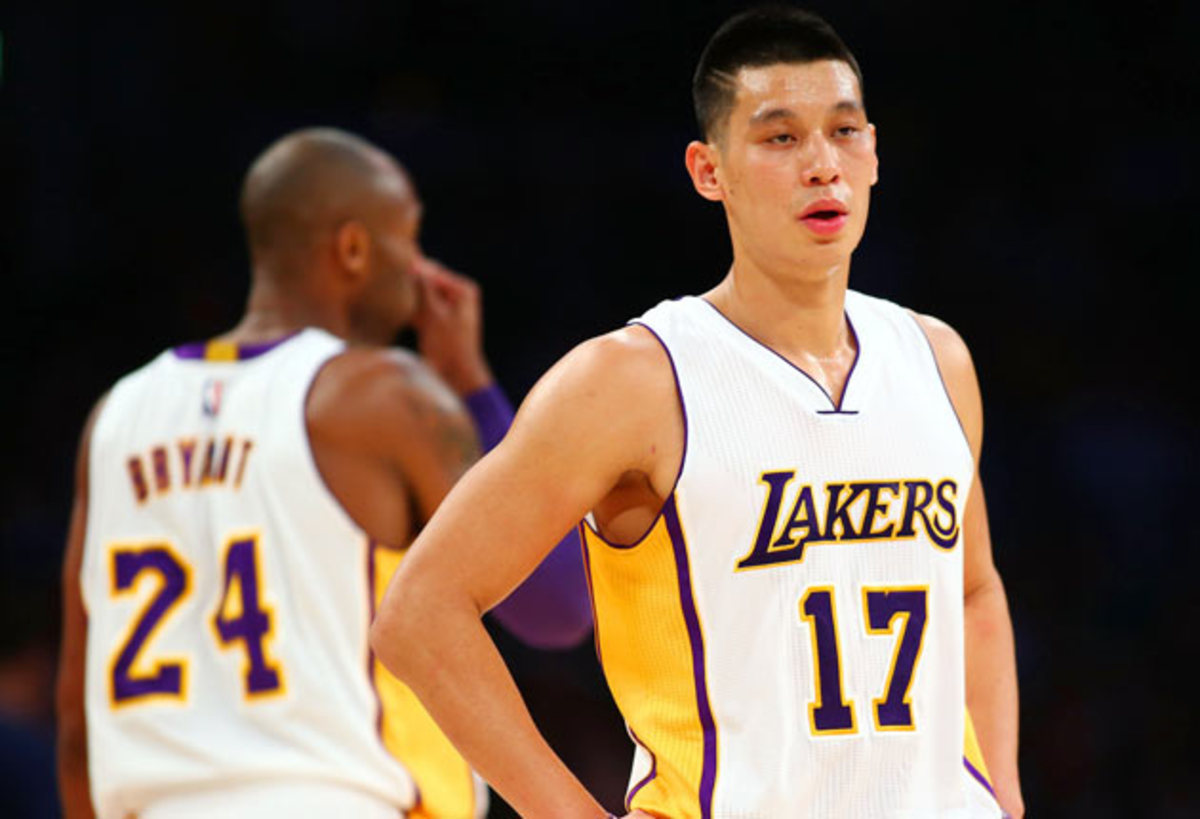
Worst High-Usage lineup*
Lakers’ initial starting five of Kobe Bryant, Jeremy Lin, Jordan Hill, Carlos Boozer, and Wesley Johnson (Net rating: -15.2 points per 100 possessions)
This lineup wasn’t long for the basketball world, but what it lacked in minutes it made up for in revolting play. It was a group of five strangers, none of them effective NBA defenders, brought together under a clueless coach for the apparent purpose of posting some of the most heinous defensive marks of all time. They succeeded. This particular lineup took on water on most every defensive stand, ultimately allowing 117.6 points per 100 possessions. The bottom line is this: No lineup to log 300 minutes this season managed a margin even half as bad as this. The Lakers continue to be the purple and gold standard.
*Among lineups that logged at least 300 minutes this season.
Most Promising Reclamation Project
Hassan Whiteside, Miami Heat
There can be no question, a handful of other players around the league have had nice bounce-back seasons in their own right, but since 2014 Whiteside leapt from Lebanon to China to Iowa to averaging a double-double with the Heat. The concerns regarding Whiteside’s attitude and immaturity are as well-documented as they are genuine. Still, talent wins out in the NBA provided that a player like Whiteside can work within reasonable limits. So few in the league can finish, block shots, and rebound in volume as Whiteside did this season. For Miami to dig that kind of resource—maybe the most valuable of basketball commodities—out of the D-League seems unbelievable. Whiteside’s 48 games with the Heat speak to a reality in contrary.
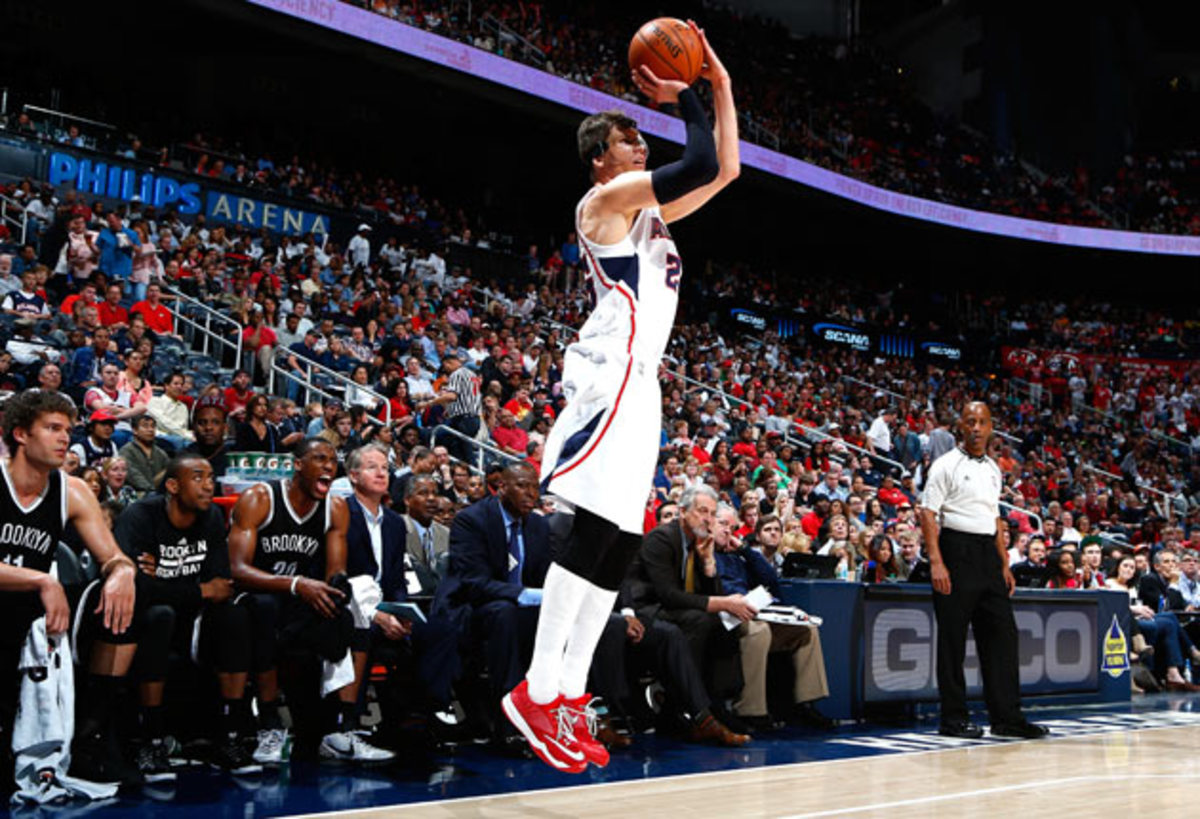
Medal Corner Three Marksmanship
Kyle Korver, Atlanta Hawks
Korver has had the kind of exceptional season that moves him to page one of the scouting report, and yet opponents can really only do so much to deny him the shots he’s looking for. The hunt is relentless. Korver curls around screens so smoothly and slides into open shooting pockets so intuitively that keeping close is a considerable challenge. To the extent that it can be done, it all but requires that a single, dedicated defender give up all responsibilities he might otherwise hold within his team’s rotations.
This is how Korver gets you. To guard him properly requires that a defense bend its principles. Even then there are bound to be openings earned through the seamless posting, driving, and passing that elevate the Hawks’ offense. When those sequences end with Korver making the catch in the corner, his accuracy—registered at 53.1% for the season—is lethal. That kind of shot yields more expected points than a typical layup or dunk, making Korver’s stay in the corner as fruitful and threatening as any interior-driven offense.
One-Month MVP
Russell Westbrook, Oklahoma City Thunder
This year’s MVP discussion was as diverse as any in recent memory. Whether the decision is actually close is a matter of opinion; most seem to have settled on one of Stephen Curry or James Harden, a two-party dynamic similar to most MVP races. Yet over the course of the year we’ve seen a much longer list of candidates take turns in the national spotlight by riding an MVP-level month to prominence. Curry, Harden, James, Cousins, Chris Paul, and others could all have a reasonable claim to posting the single, most dominant month of the NBA season. None, though, quite measures up to Westbrook in February—an outrageous turn for the league’s most explosive player.
Within that month, Westbrook averaged 31.2 points (on 45.7% shooting), 9.1 rebounds, and 10.3 assists while guzzling rocket fuel. His usage rate went through the roof, and with it came an inevitable bump in turnovers. Westbrook was consistently assertive, though, in a way that fulfilled his team’s precise needs and sustained its playoff candidacy. He was doubled, hedged, and shoved. A bone in Westbrook’s face was broken, and yet still he drove inside and bullied any in his way. It was in February that we saw Westbrook at his most extreme, his unbridled best. It was in February that we saw him mount the most outrageous month of the NBA’s regular season.
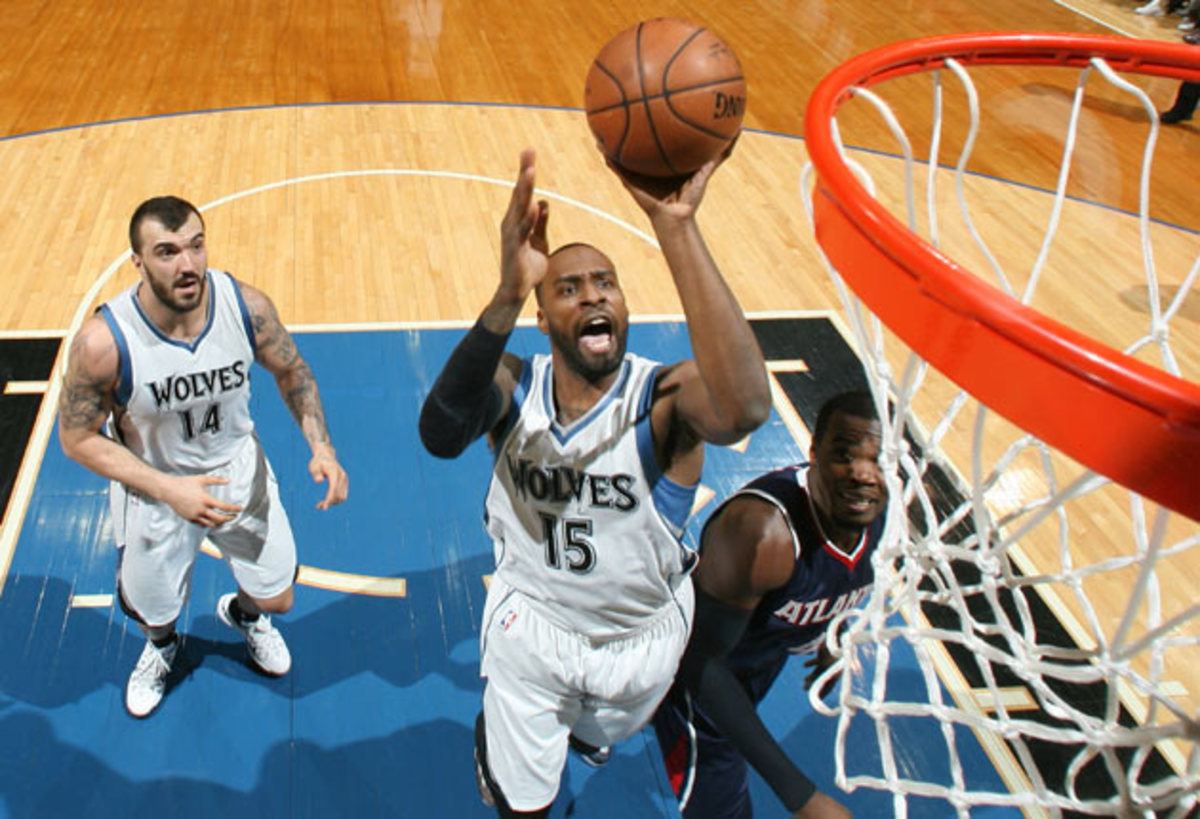
Gunner of the Year
Shabazz Muhammad, Minnesota Timberwolves
In a bit of an upset, the Timberwolves sophomore outgunned the likes of Nick Young, Gerald Green, Marreese Speights, and Charlie Villanueva relative to his involvement in the offense. According to data processed from SportVu, Muhammad—whose season ended early with the rupture of a ligament in his shooting hand—registered just 2.3 touches per shot attempt this season. To put it another way, he hoisted up a shot on every-other occasion that the ball came his way, a commitment to over-shooting that dwarfed Muhammad’s contemporaries in the trade.
Most Deferential
Joe Ingles, Utah Jazz
Utah’s 27-year-old “rookie” forward appears to go quarters at a time without so much as looking at the rim. His game is one of facilitation; Ingles is a waypoint in the ball’s transition from one side of the floor to another, a capacity in which he’s long thrived. The tradeoff to that mentality is that Ingles has attempted a Prigioni-like 7.6 field goals per 36 minutes over the course of the season. That’s not the slightest mark in the league this season, but it stands as the most disproportionate relative to Ingles’ level of involvement in the offense.
Most Generous
Kendrick Perkins, Cleveland Cavaliers
Give and Go: NBA postseason primer
The imaginary hardware for this fake award may someday bear Perkins’ likeness—a miniature replica of the Cavs center, bobbling away a spoon-fed pass from a superstar teammate, cast in bronze. For two consecutive seasons the offense-less big man has posted the highest turnover rate of any NBA regular. This generosity cannot go unnoticed. If it weren’t enough that Perkins cramps his team’s spacing to assist the opposing defense, he also ensures that they get an ample number of scoring opportunities via bad passes and offensive fouls. Last year, Perkins charitably gave up the ball to the opposing team on a career-high 29% of his possessions. He proved a bit more stingy during his time with the Thunder earlier this season, but since moving to Cleveland Perkins has reconnected with his altruistic spirit—giving up the ball on nearly a third (32.4%) of the time.
10th Man of the Year
John Henson, Milwaukee Bucks
So long as we’re honoring Sixth Men, why not 10th? The league is full of useful players bumped toward the end of the bench (Mike Scott, Patty Mills, Tony Snell, Jonas Jerebko, Nick Calathes, Justin Holiday, etc.), but none among them is as impressive within that role as Henson. A move to center has gone well for the 6-11 Henson. He’s still too slight to wrestle with some of the league’s more demanding post assignments, but positioning at the 5 helps mitigate spacing concerns and maximize the impact of his shot-blocking. We rightly fawn over Rudy Gobert, who transformed the Jazz by walling off the rim and swatting away 7% of opponents’ two-point shot attempts while on the floor. Henson, though not in the same class as a rim protector, stretched his lanky arms to block a ridiculous 9.3% of two-point shot attempts. His rebounding may only be so-so and his offensive game limited, but Henson is exceptional within his specialty—a perfect trait in a 10th man.
Screener of the Year
Robin Lopez, Portland Trail Blazers
Hard screens are the catalysts of the game, turning skilled ball handlers into thrilling creators and capable shooters into open targets. None this season were so impressive in that craft as Lopez—a huge center who knocks opponents off course to spring his teammates free.
Lopez isn’t necessarily the type to deck an opponent with a physical, blind-side screen, instead establishing value by maximizing his screen’s width. Check out Lopez’s stance as he sets a pick for Damian Lillard at the top of the floor:
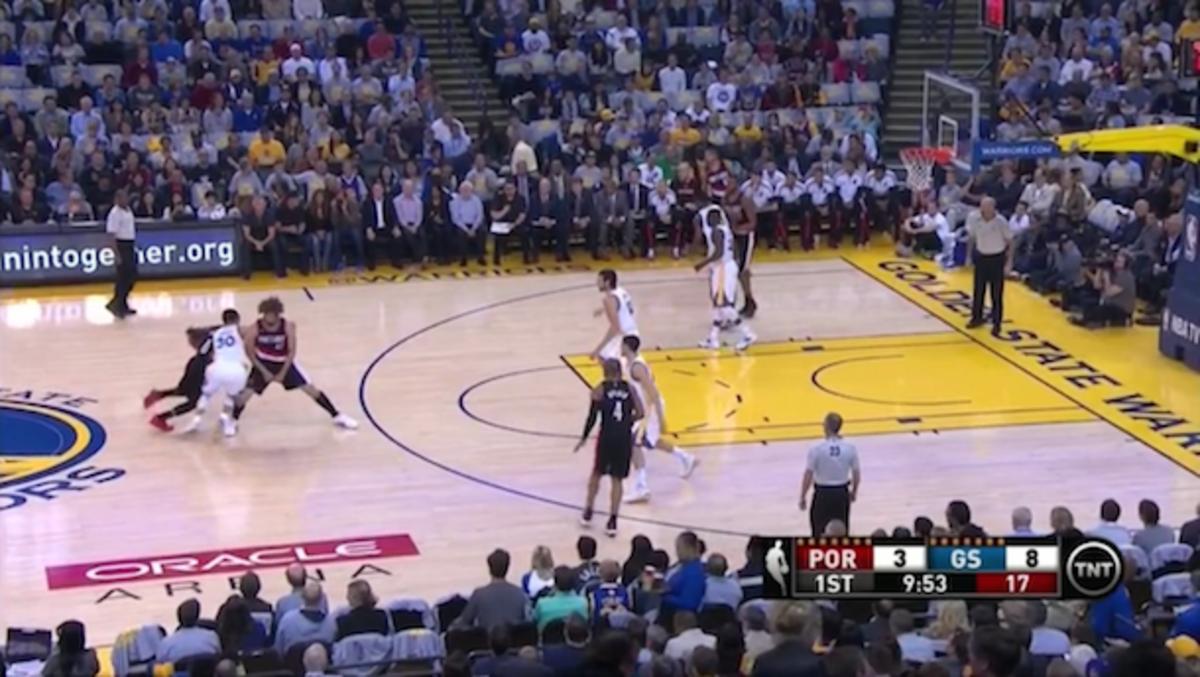
Screens as wide as this are almost impossible to navigate around in a timely manner. A good, shoulder-width screen can dislodge an opponent through momentary contact. One in Lopez’s style, though, all but forces the defender guarding the ball to trail behind; there is no snug course to sneak past the screen, as Lopez’s leg denies those recovery angles closest to his body. That makes for quite an imposition when a shooter as sharp as Lillard is involved, or when cutters like Nicolas Batum, Wesley Matthews, and Arron Afflalo are curling around one of Lopez’s picks.
Most Flagrant
Jusuf Nurkic, Denver Nuggets
Only four players in the league this season committed at least three flagrant fouls over the course of the year: Andrew Bogut, Paul Pierce, Markieff Morris, and Nuggets rookie Jusuf Nurkic. What separates the latter is that he logged just 1,073 minutes to this point due to injury, foul trouble, and Brian Shaw. That’s just a ridiculous rate of flagrant fouling—ultimately more than double that of Morris, who has a tendency to lash out with hard fouls but plays so many more minutes (2,550 this season) as to spread his flagrants more thinly.
Statistical support provided by NBA.com.
NBA's Best I Didn't Foul Faces
Derek Fisher, Lakers
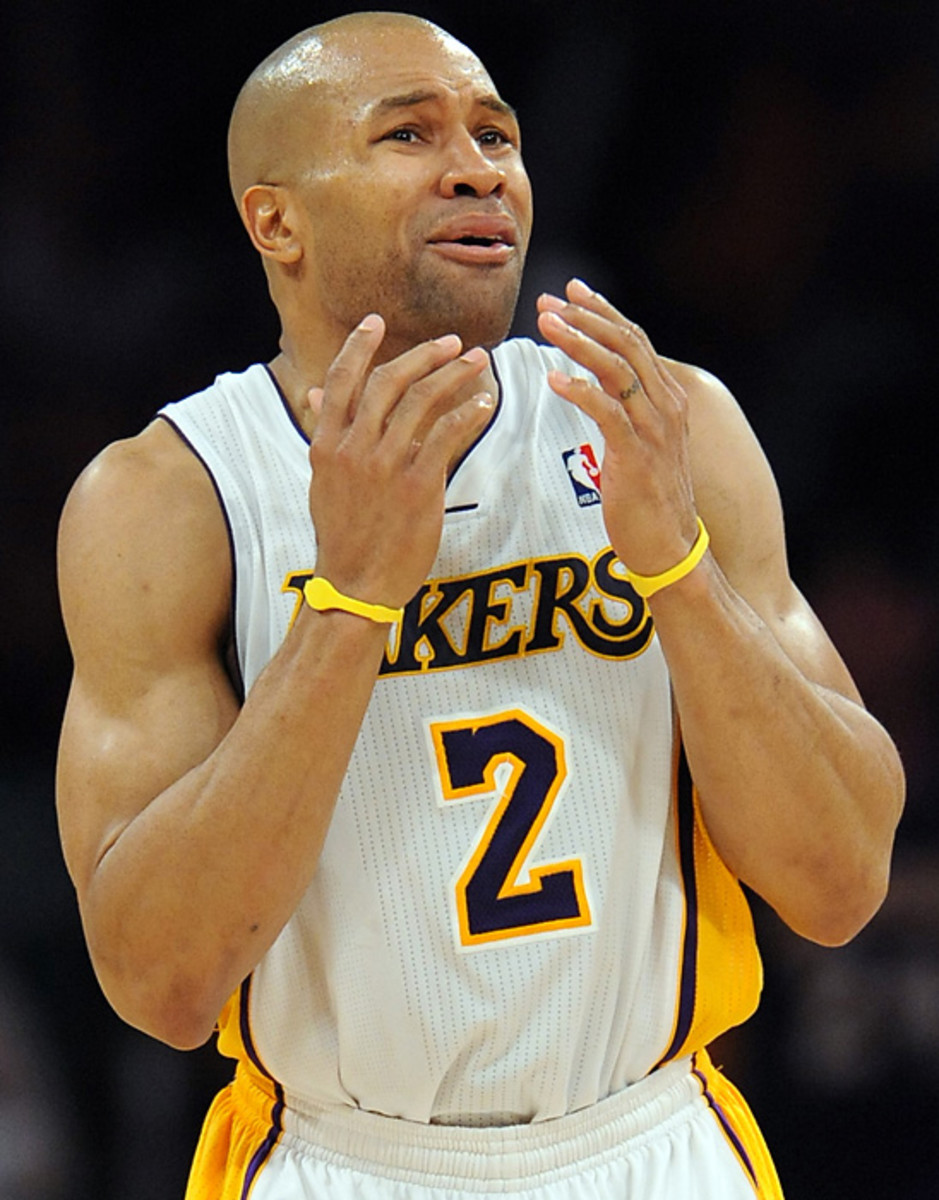
One thing is true of all NBA players -- they do not like to have fouls called against them. Whether the contact is completely obvious or barely existent, players seldom accept fouls without some type of facial expression of disbelief. With that in mind, here are some of the NBA's memorable "I didn't foul" faces of the 2010-11 season.
LeBron James, Heat
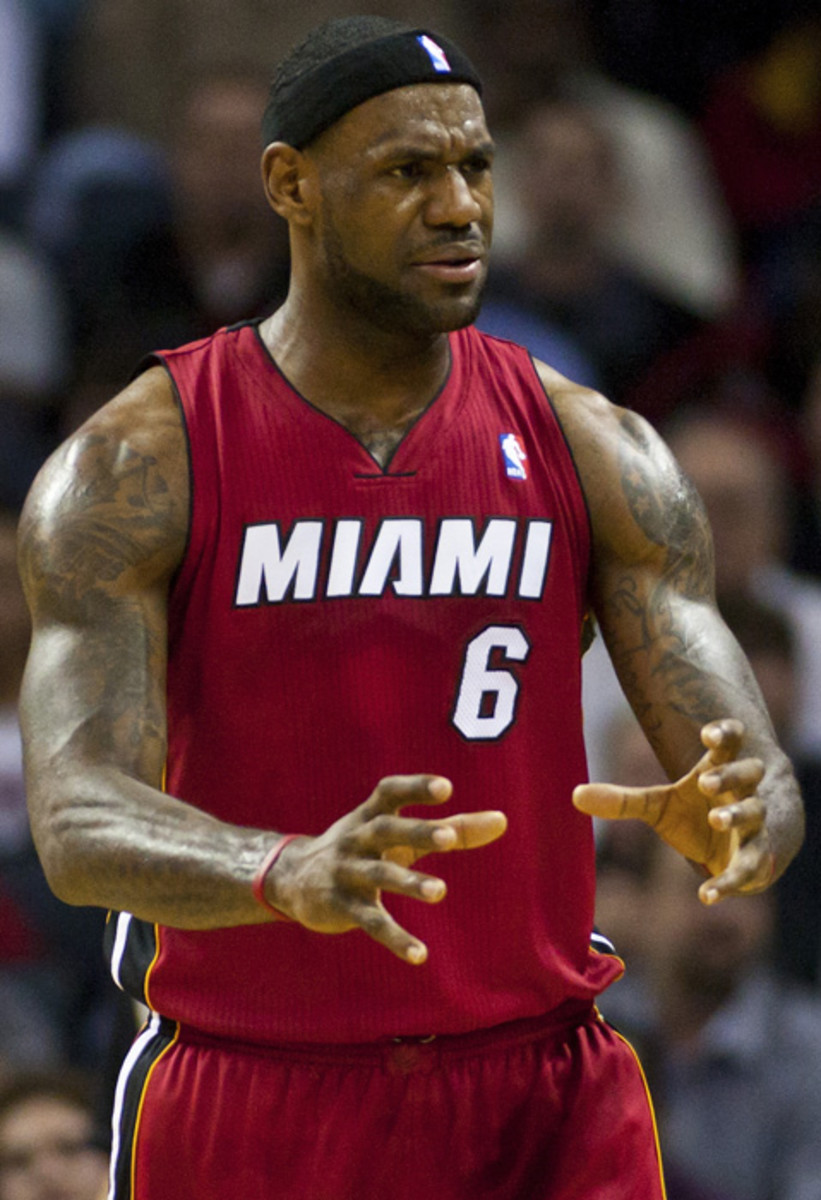
Pau Gasol, Lakers

Dwight Howard
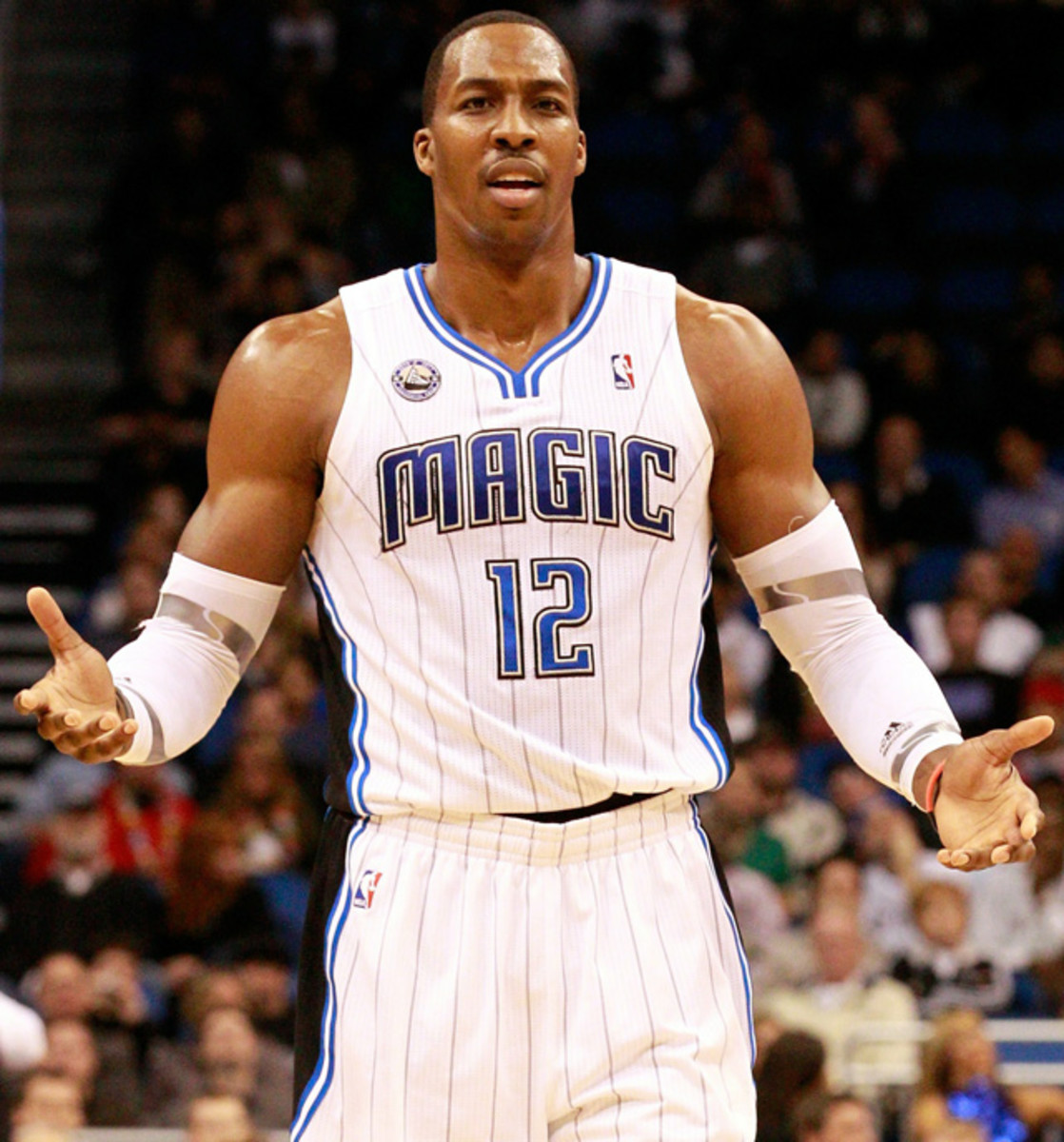
Blake Griffin, Clippers
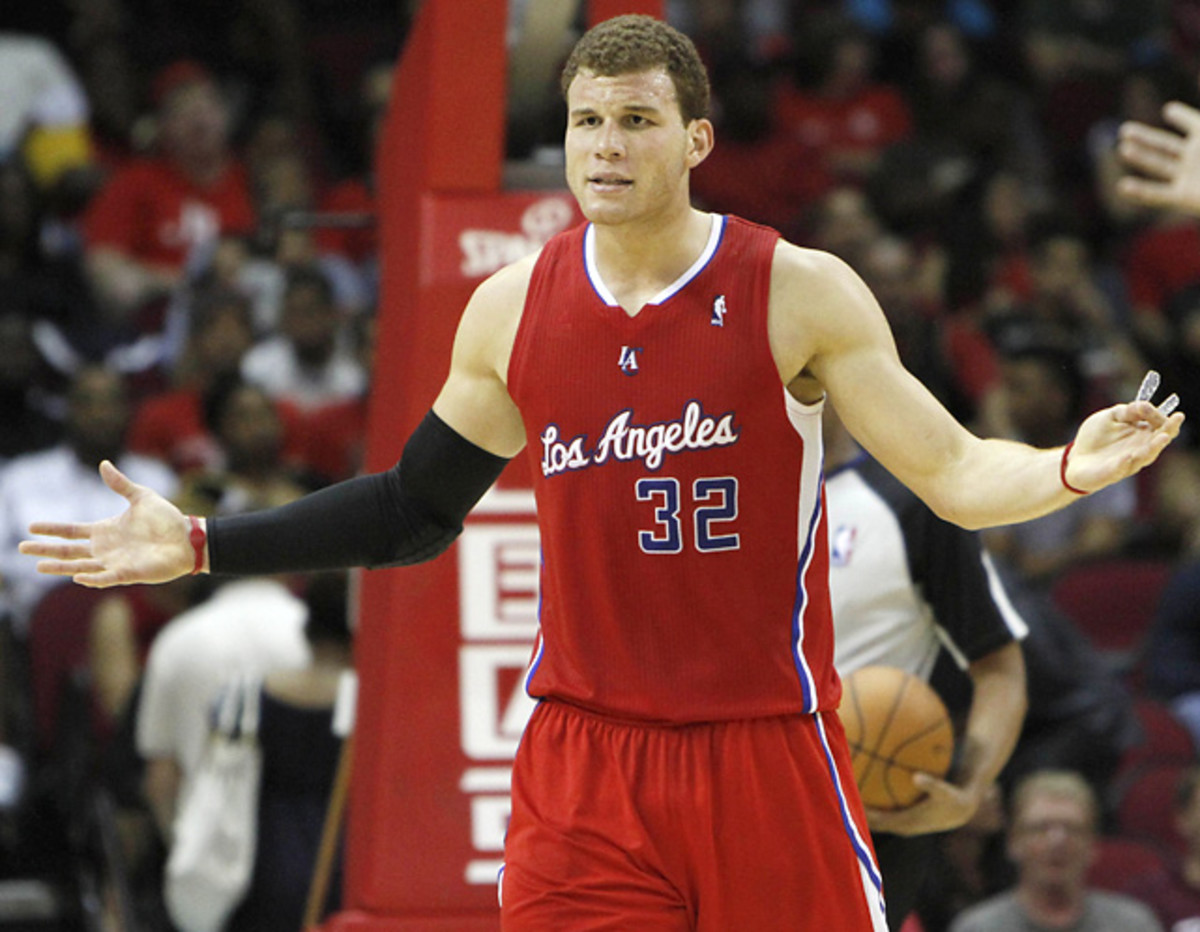
Derrick Rose, Bulls
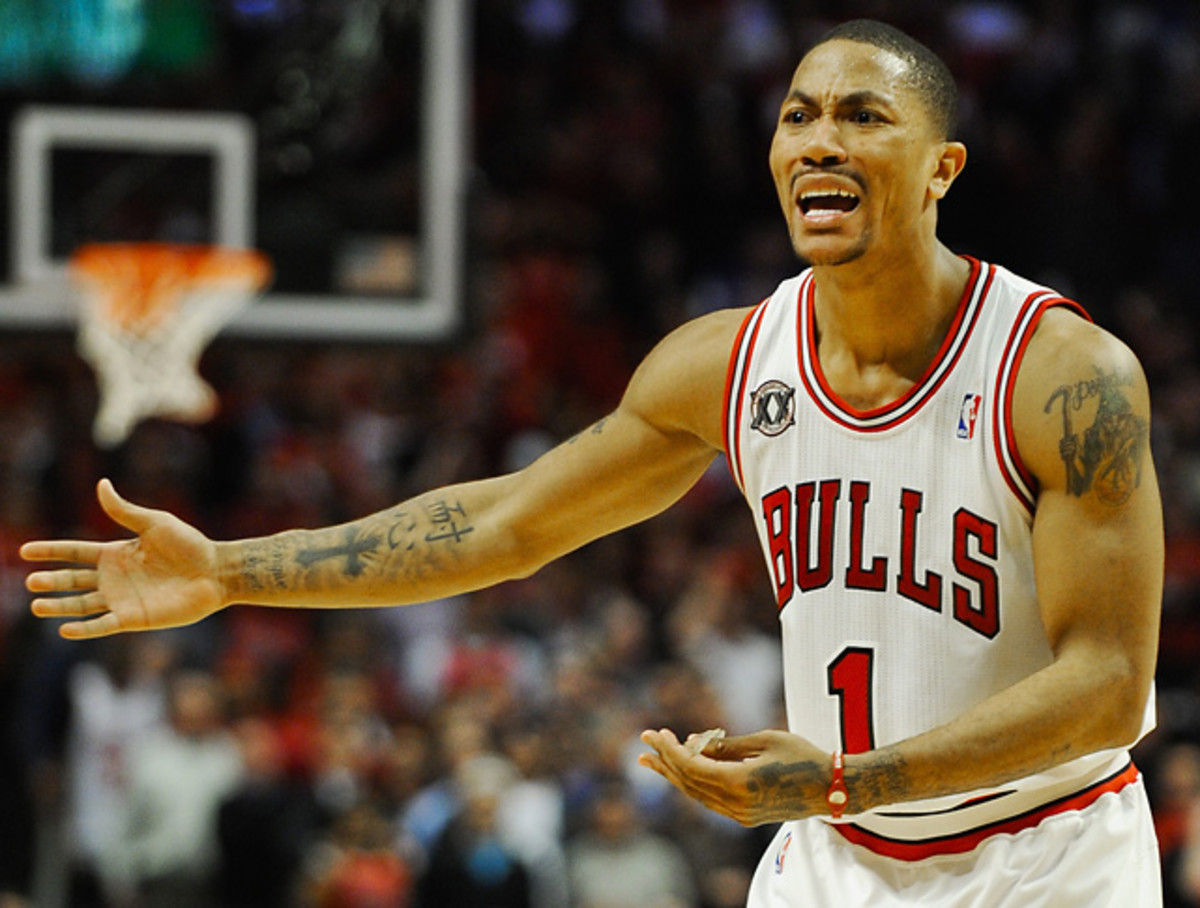
Tim Duncan, Spurs
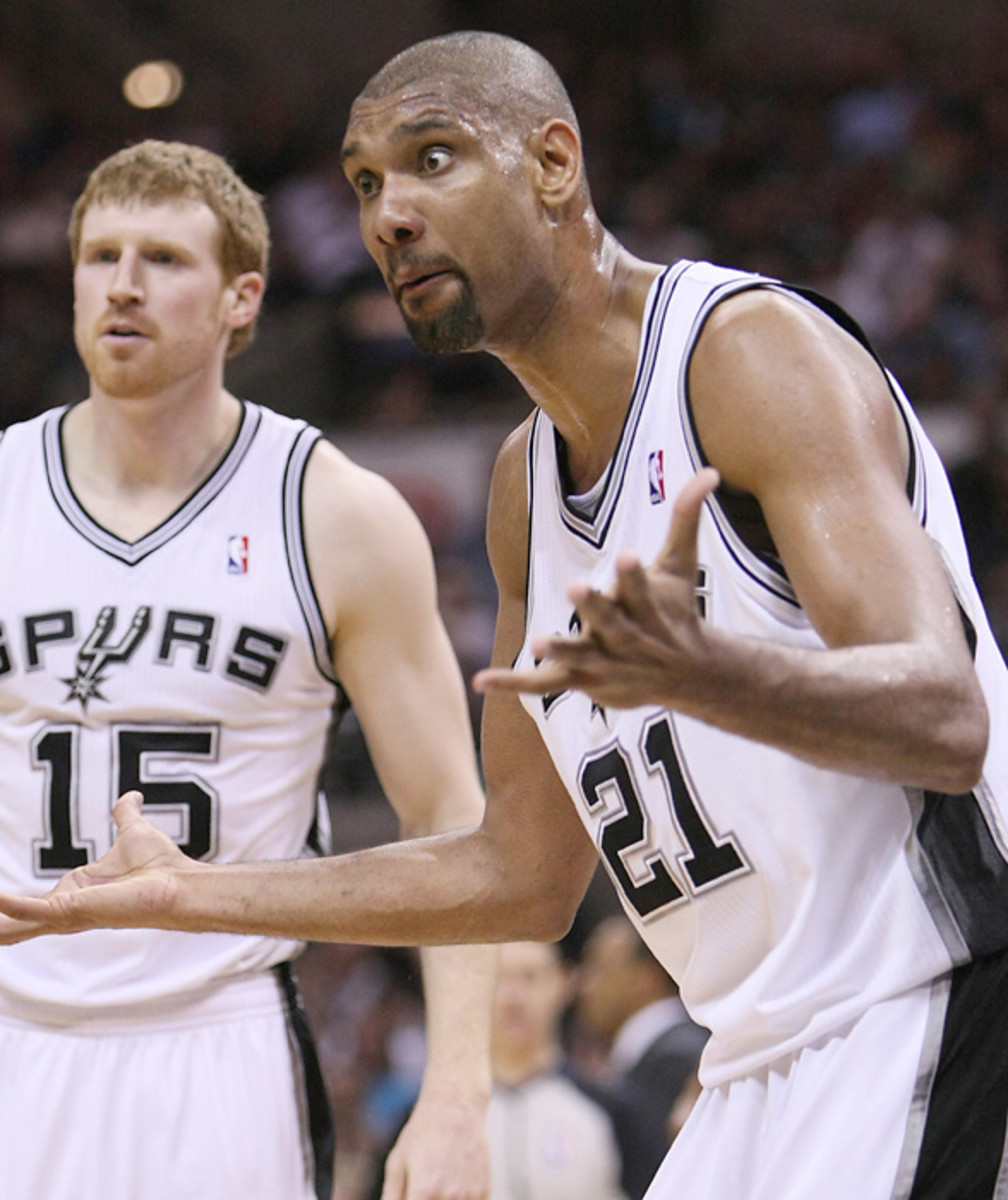
Carmelo Anthony, Knicks
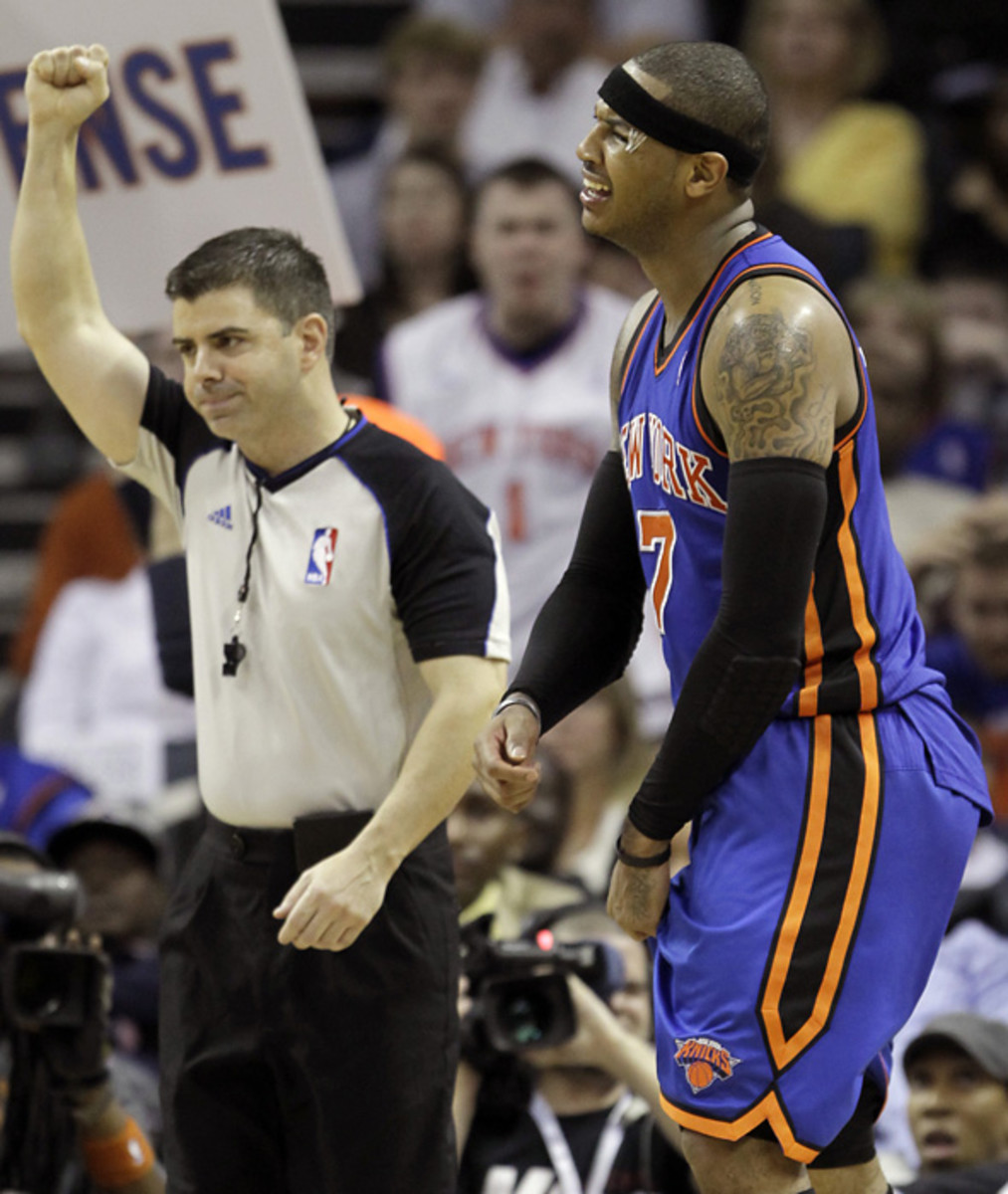
Chris Anderson, Nuggets
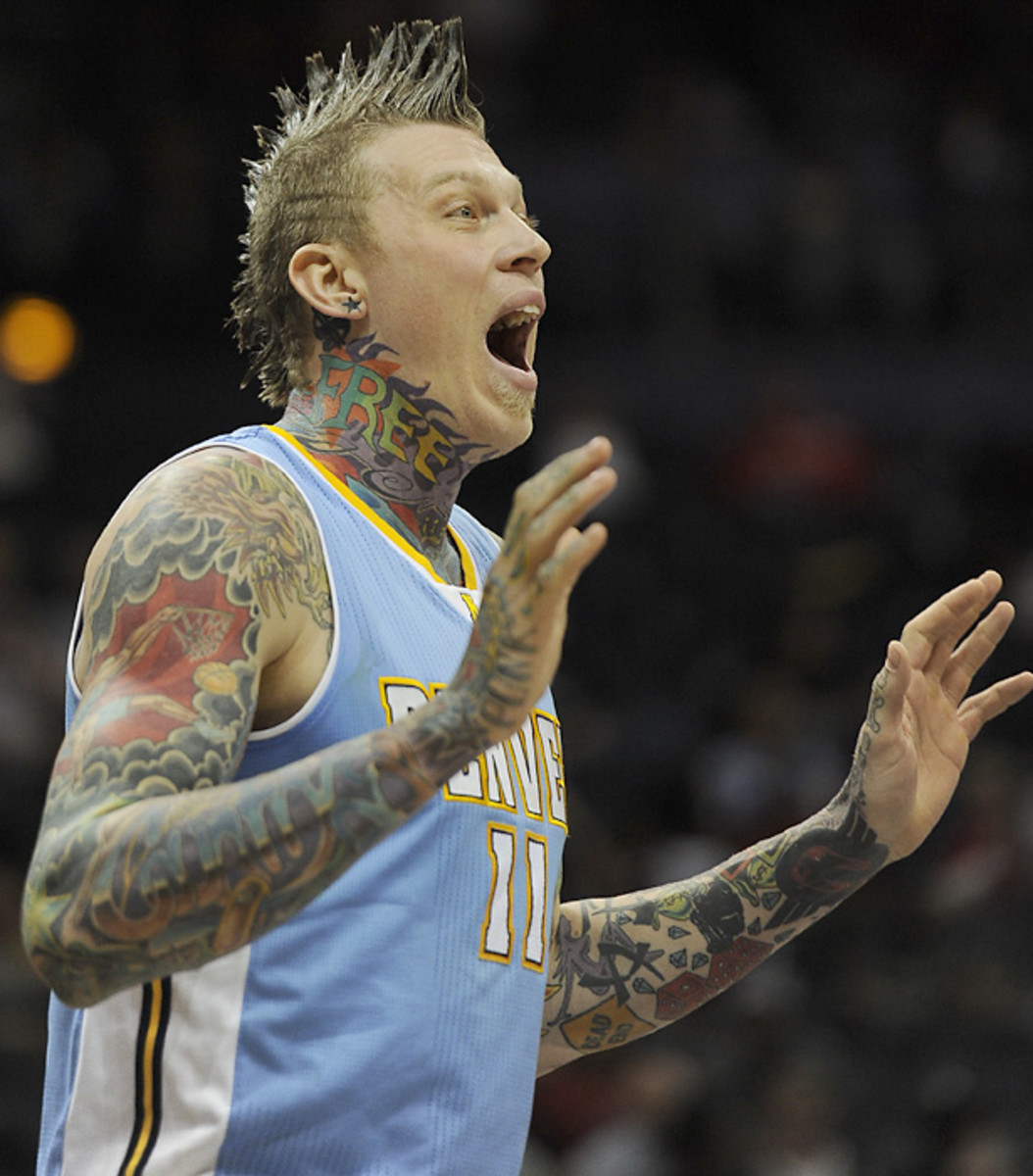
Dwyane Wade, Heat
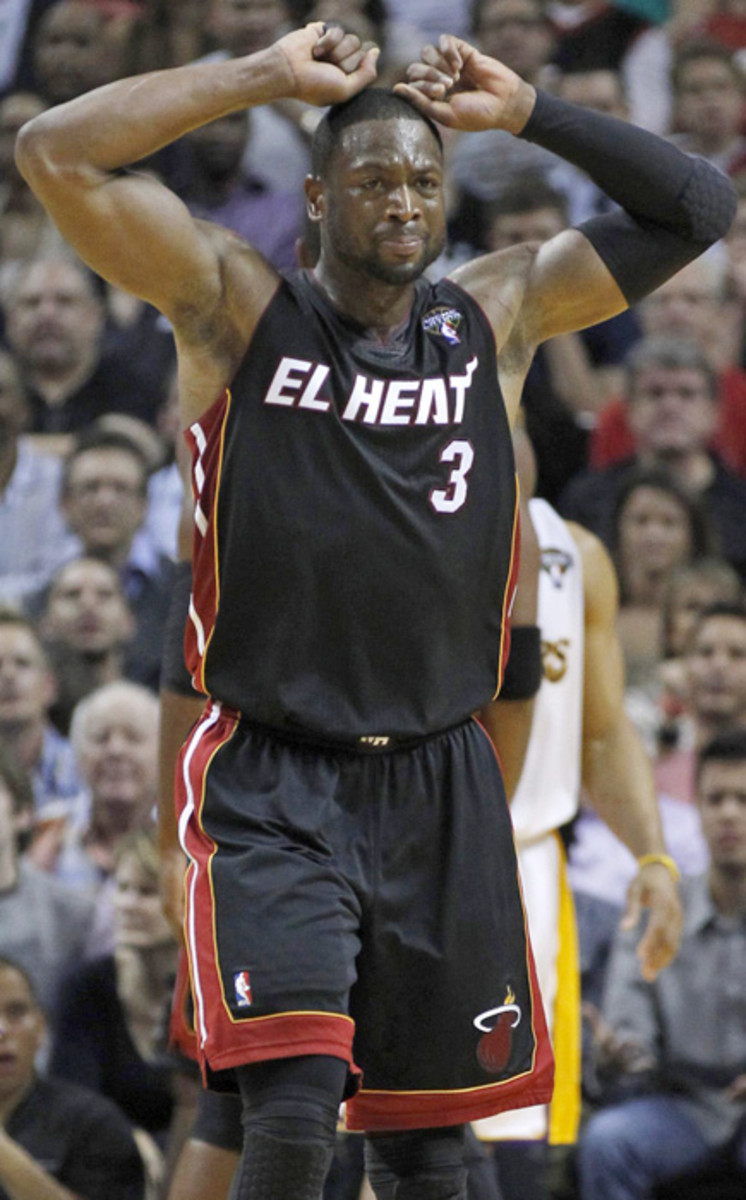
Andre Miller, Blazers
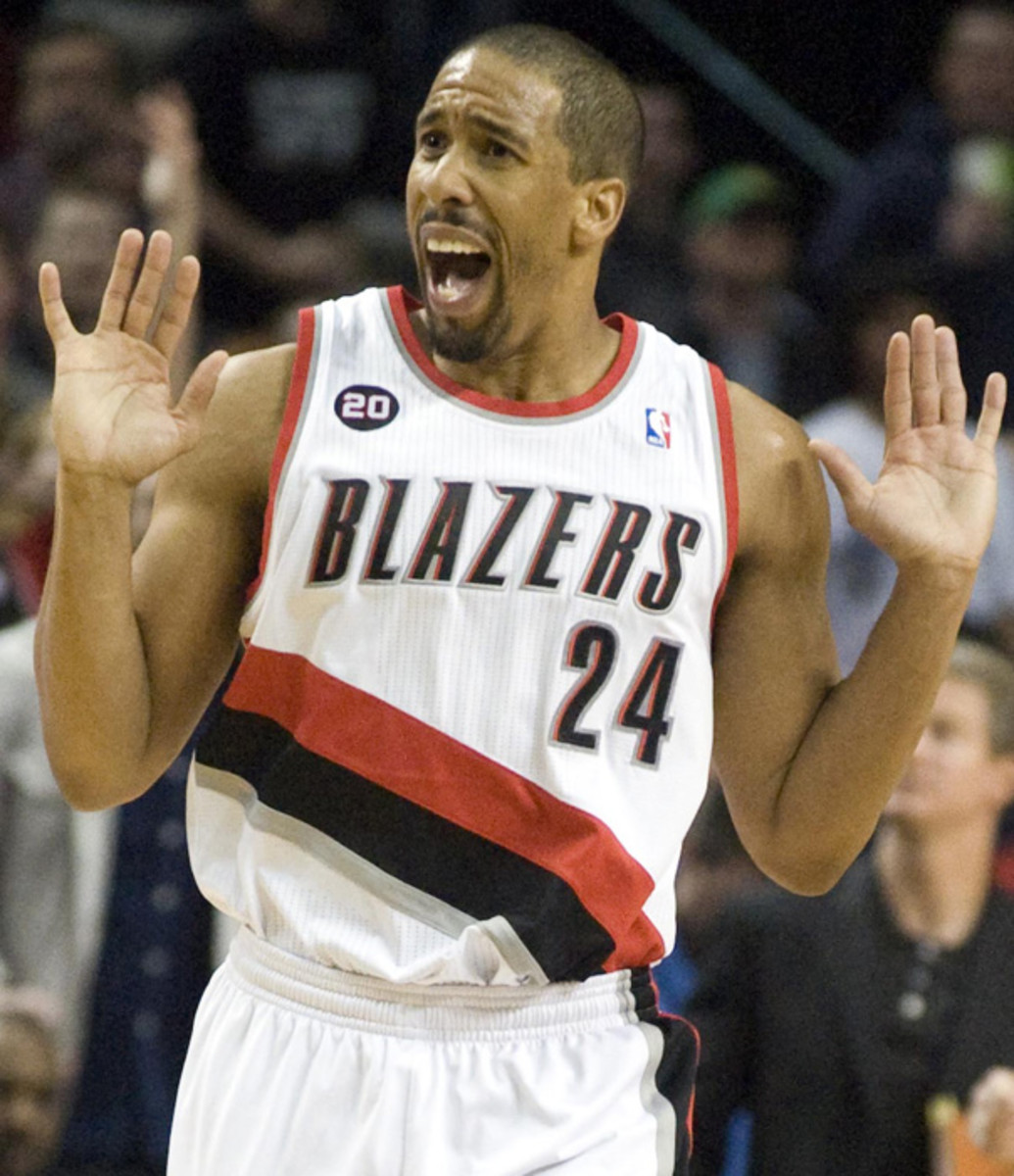
Kobe Bryant, Lakers
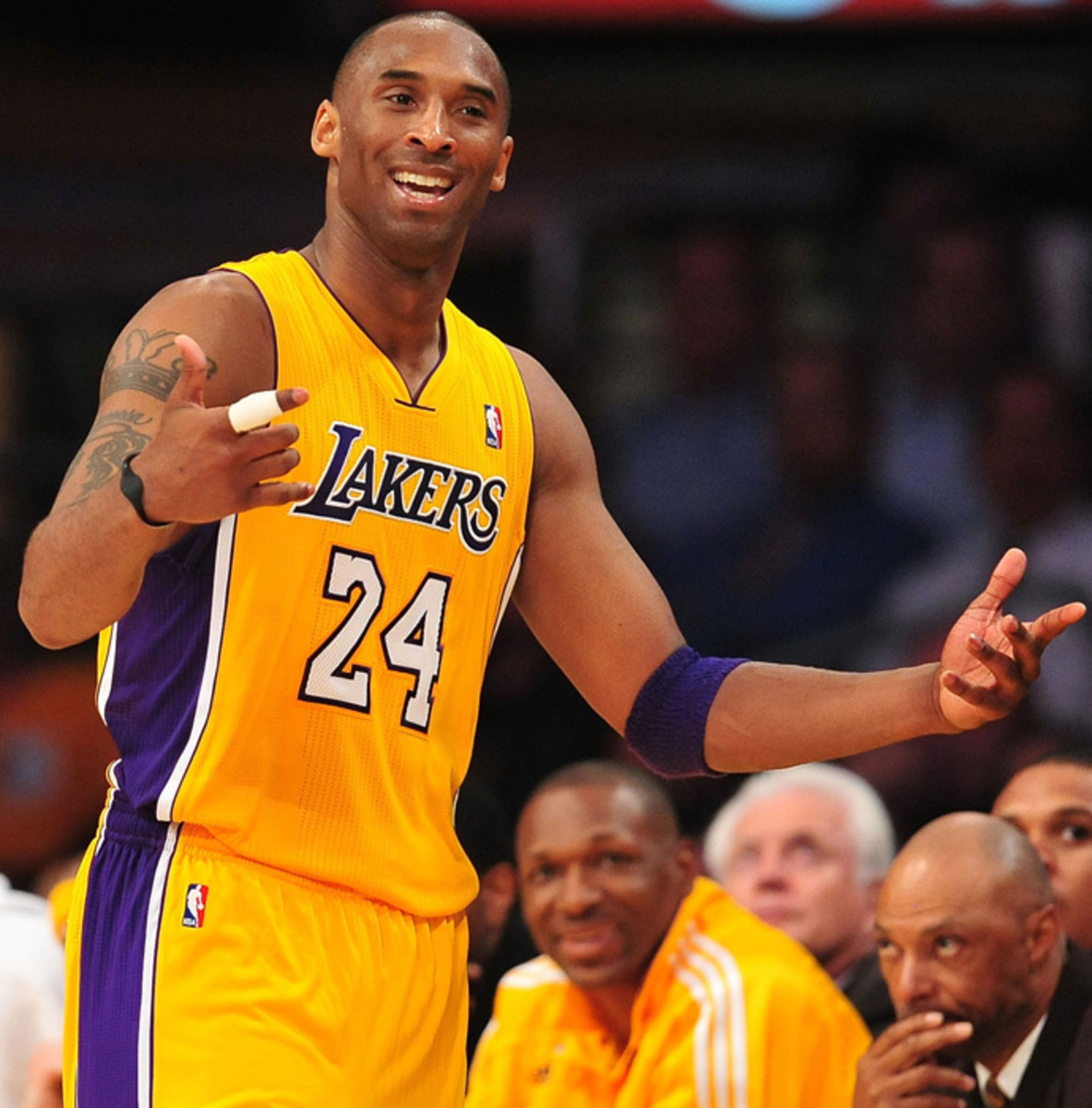
Baron Davis, Clippers
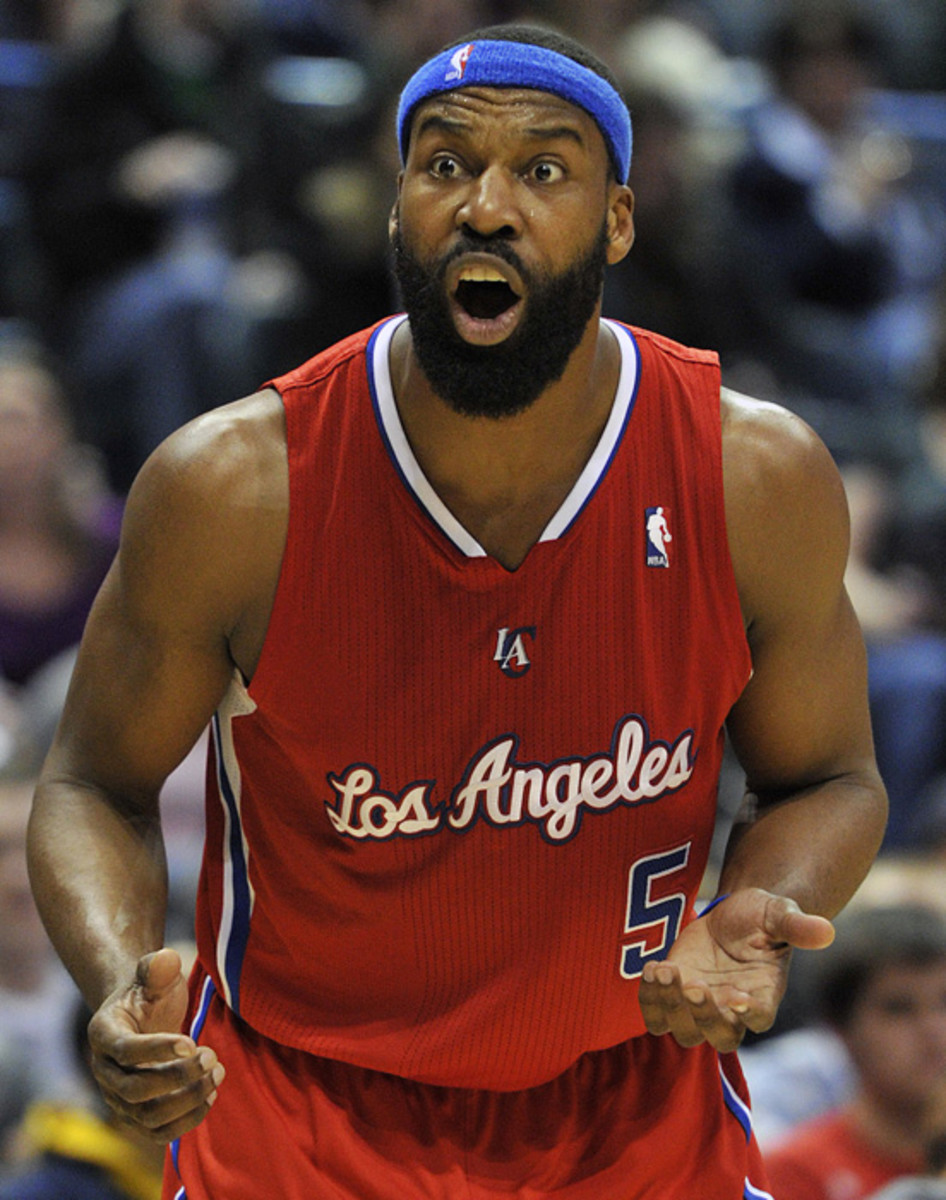
Chris Paul, Hornets
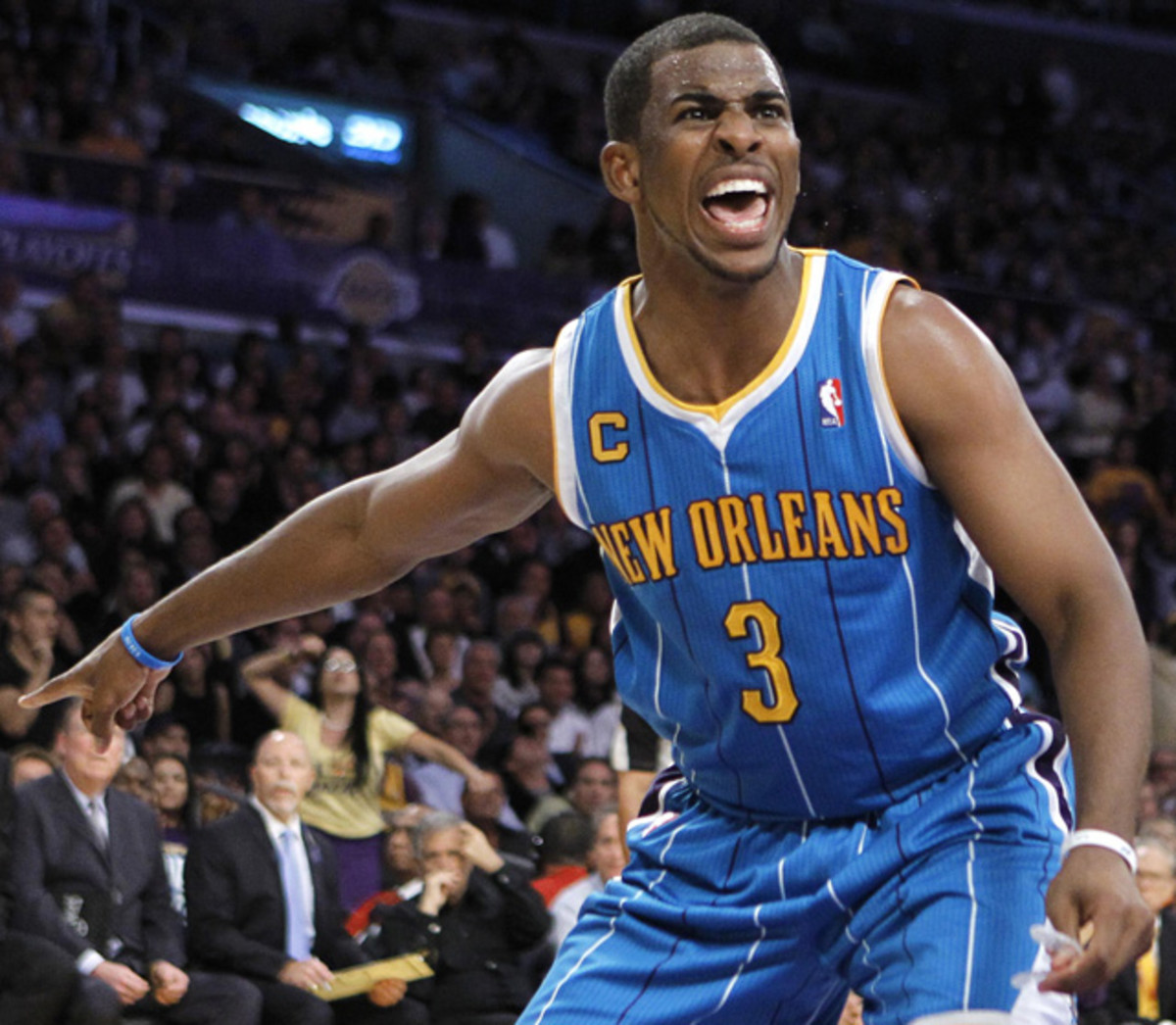
Andrew Bynum, Lakers
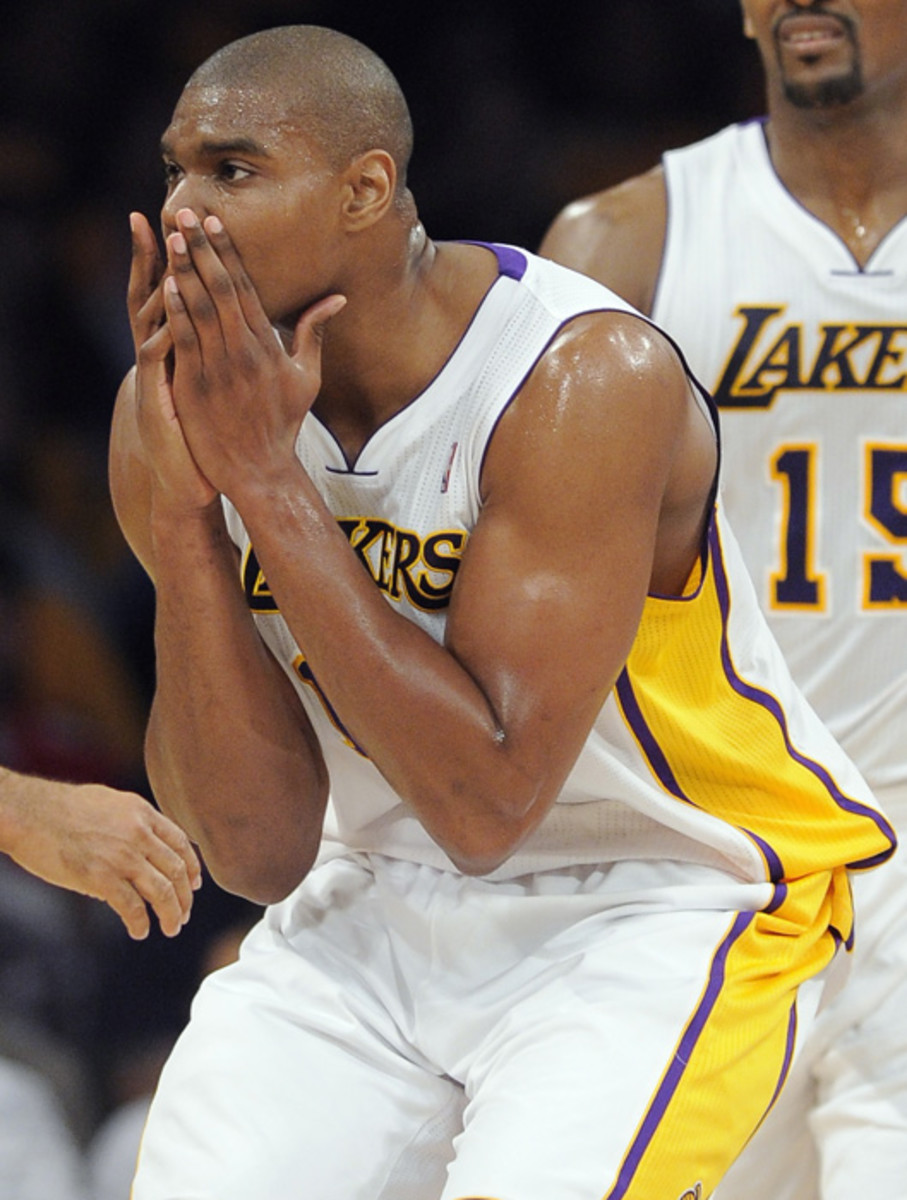
Joakim Noah, Bulls
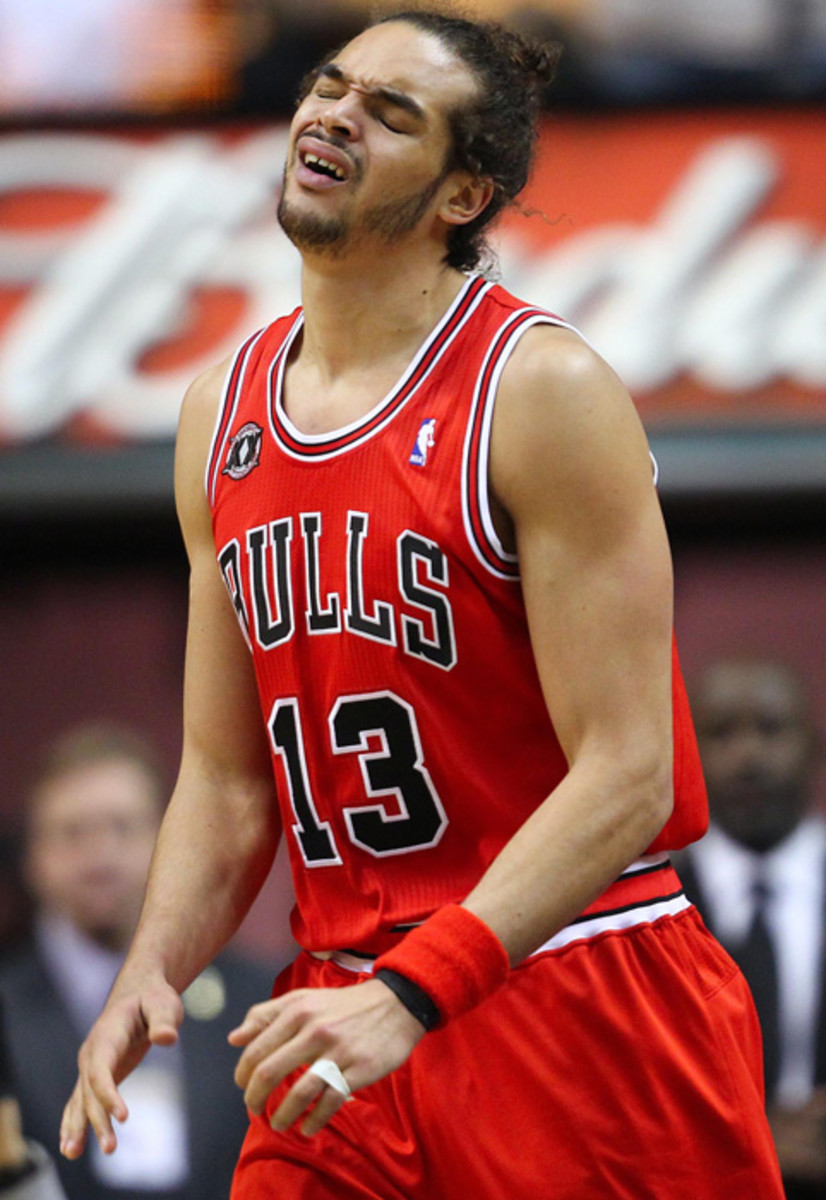
Juwan Howard, Heat
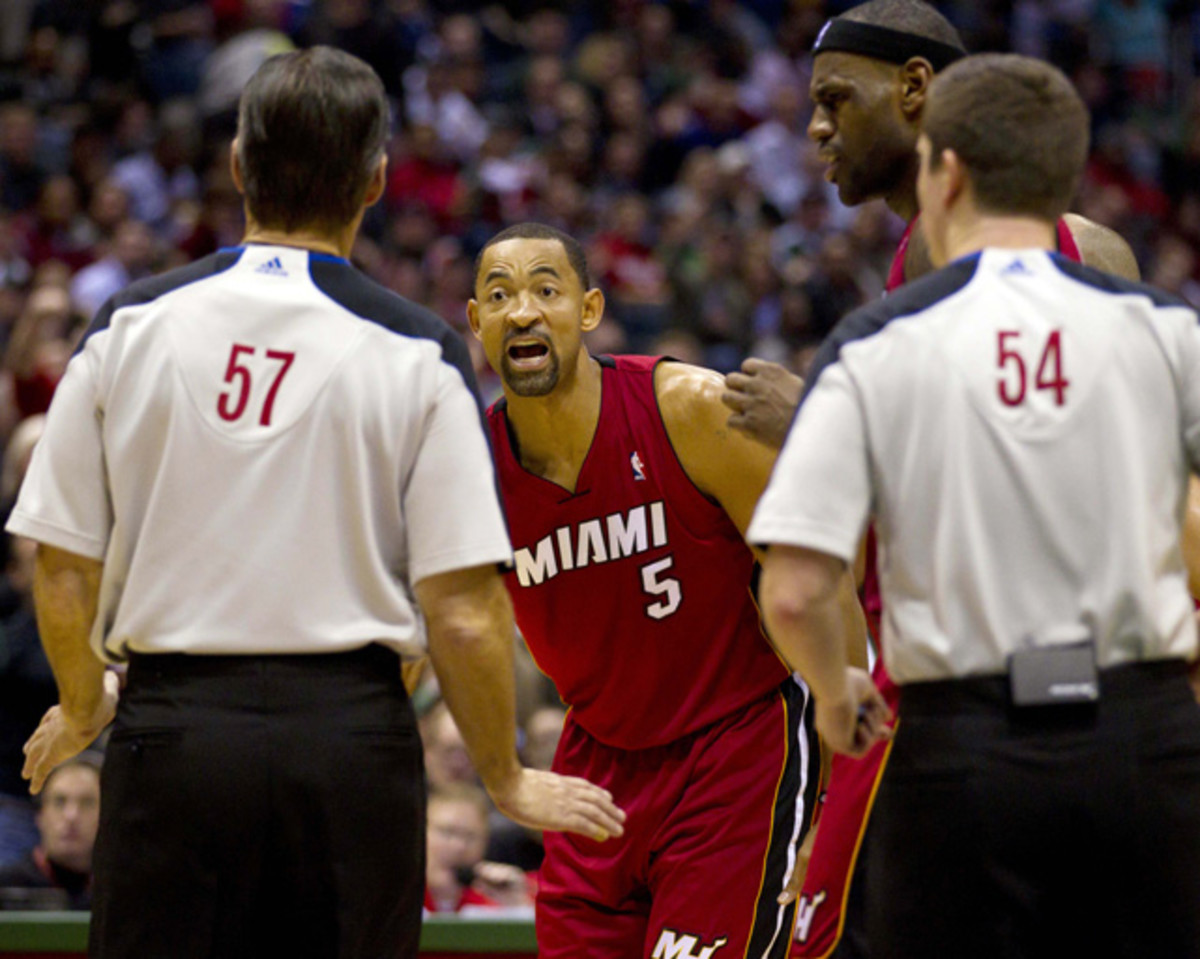
Kevin Garnett, Celtics
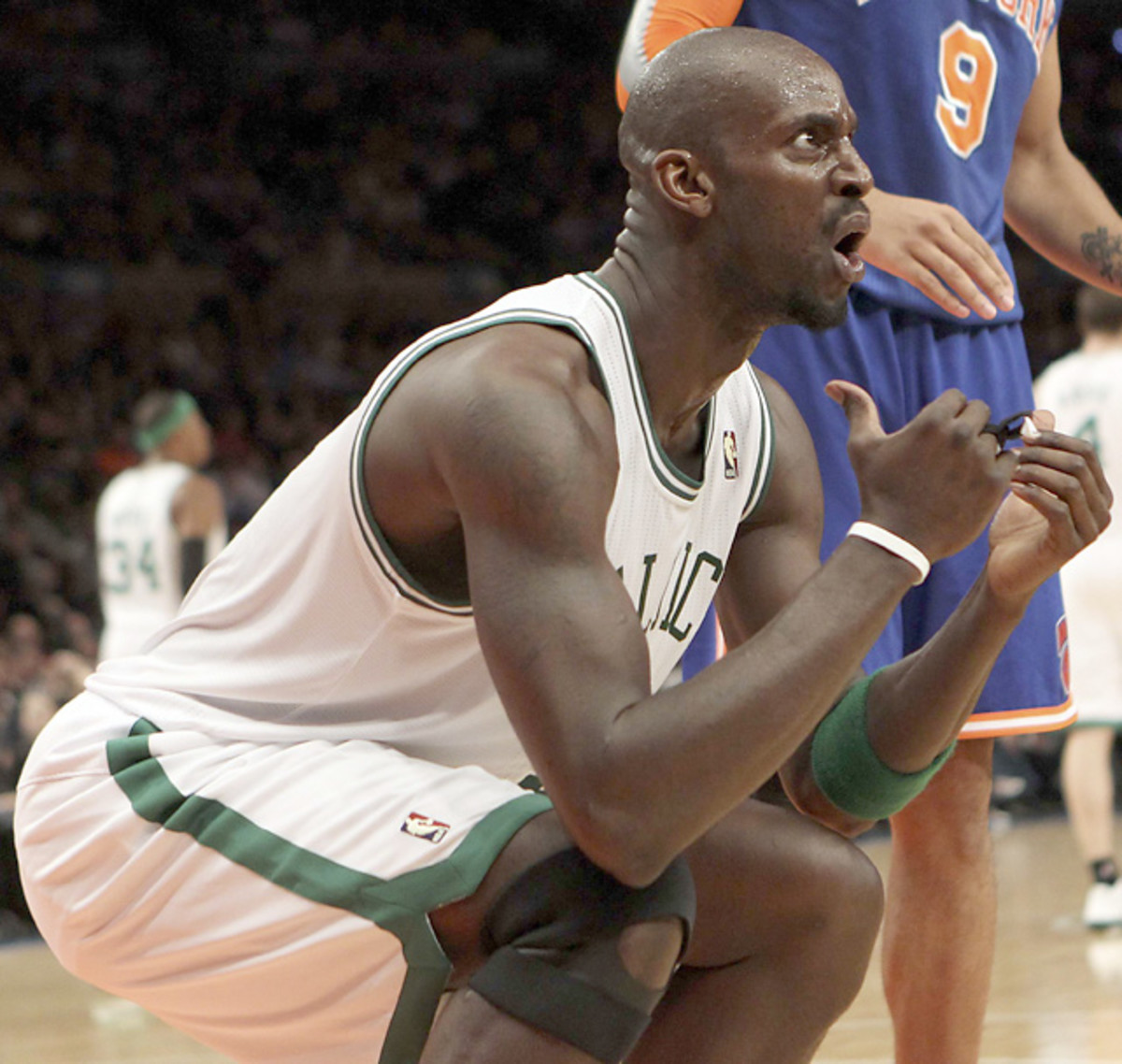
Kyle Korver
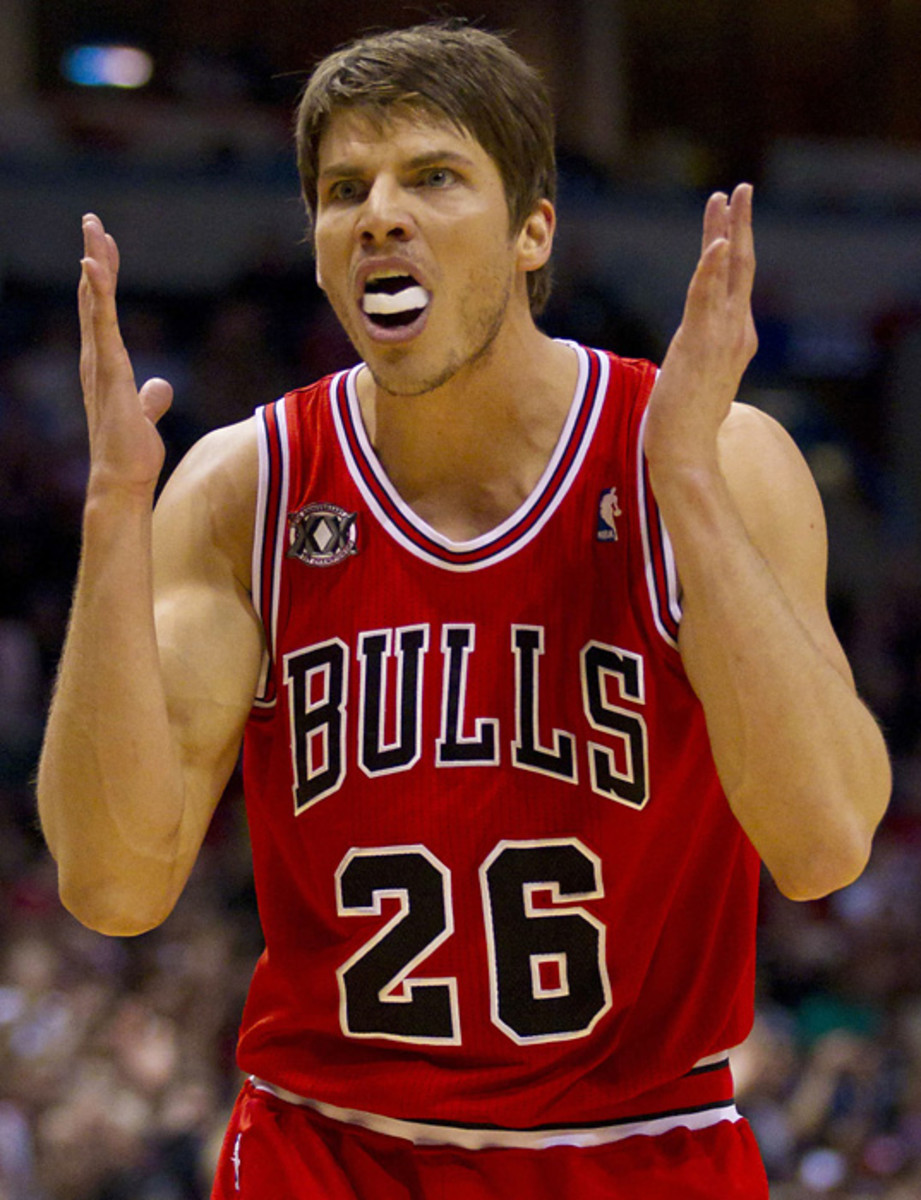
LaMarcus Aldridge, Blazers
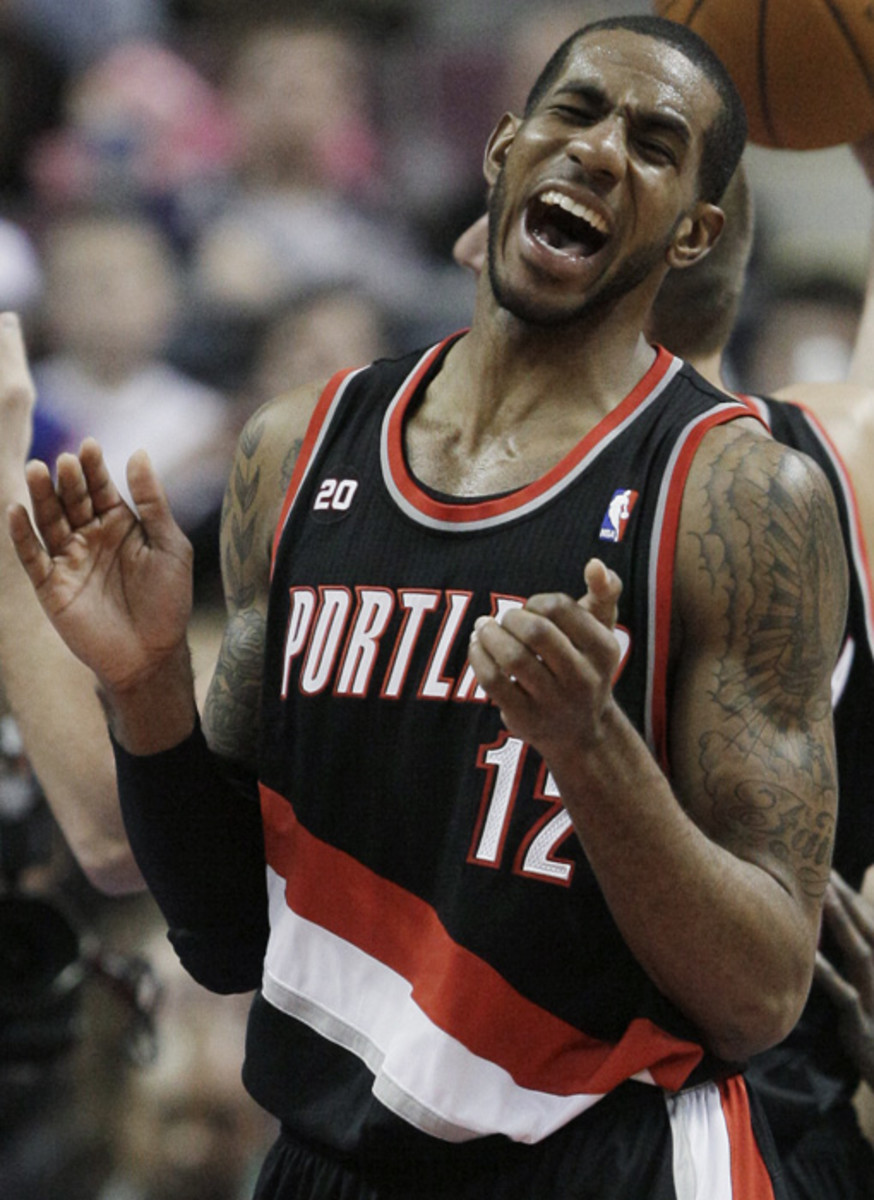
Manu Ginobili, Spurs
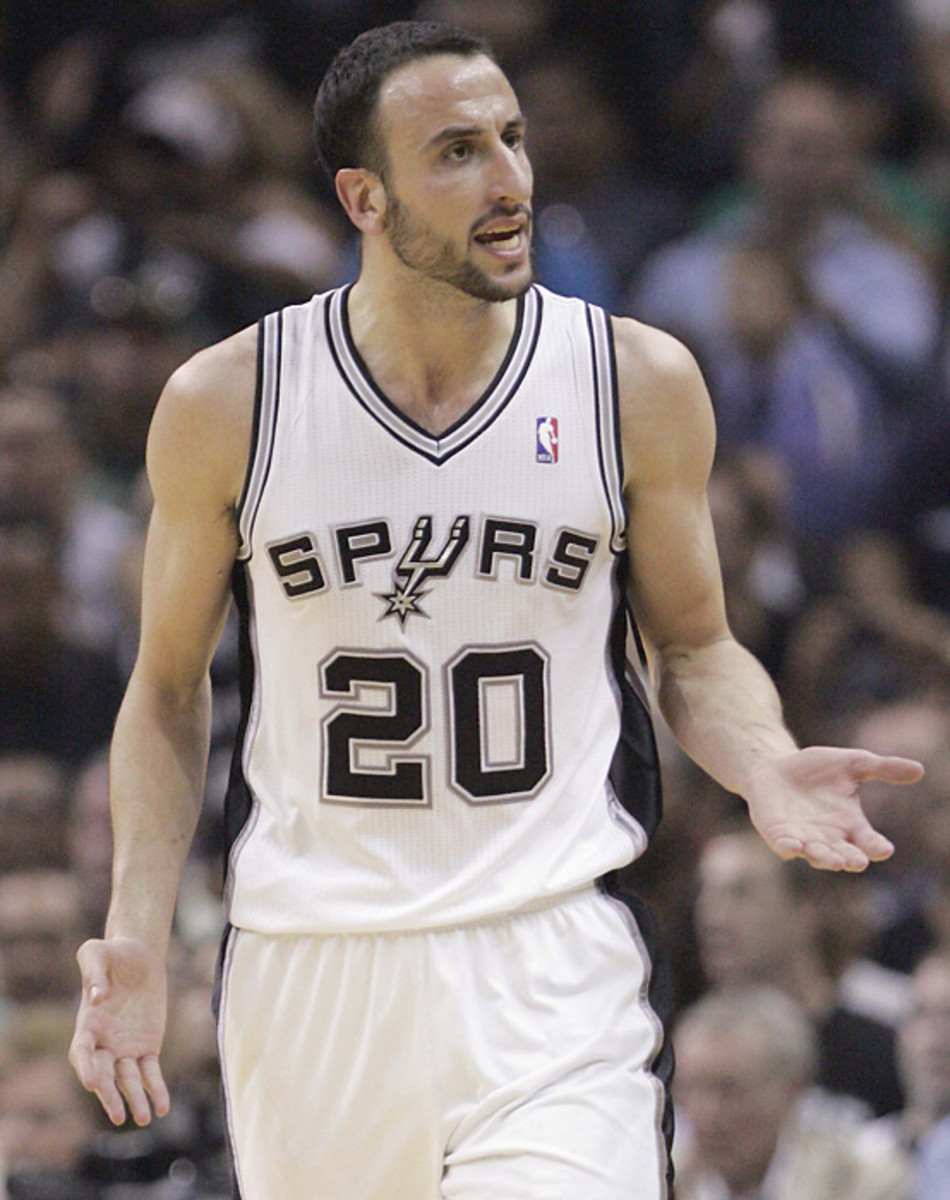
Marc Gasol, Grizzlies
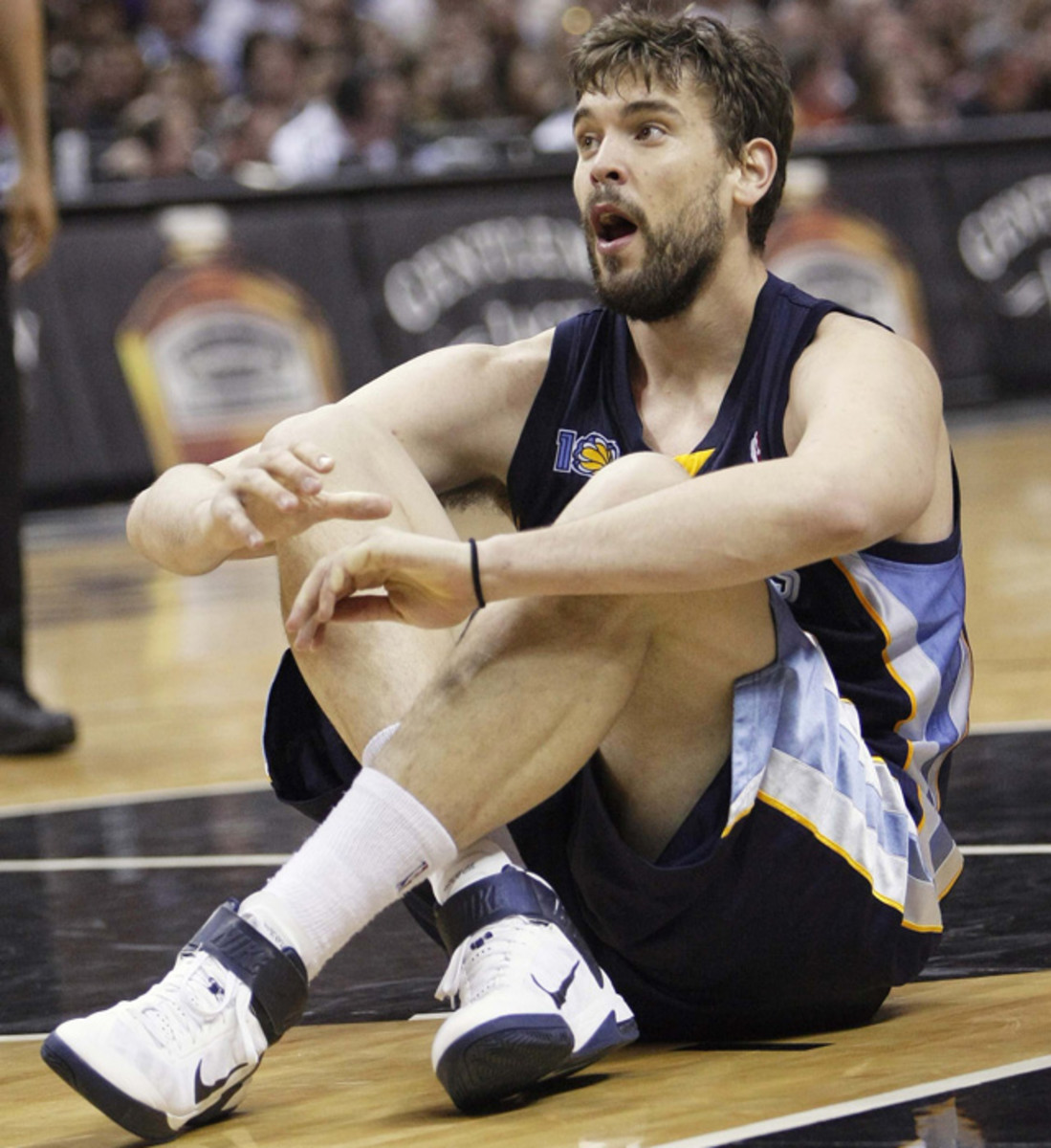
Stephen Curry, Warriors
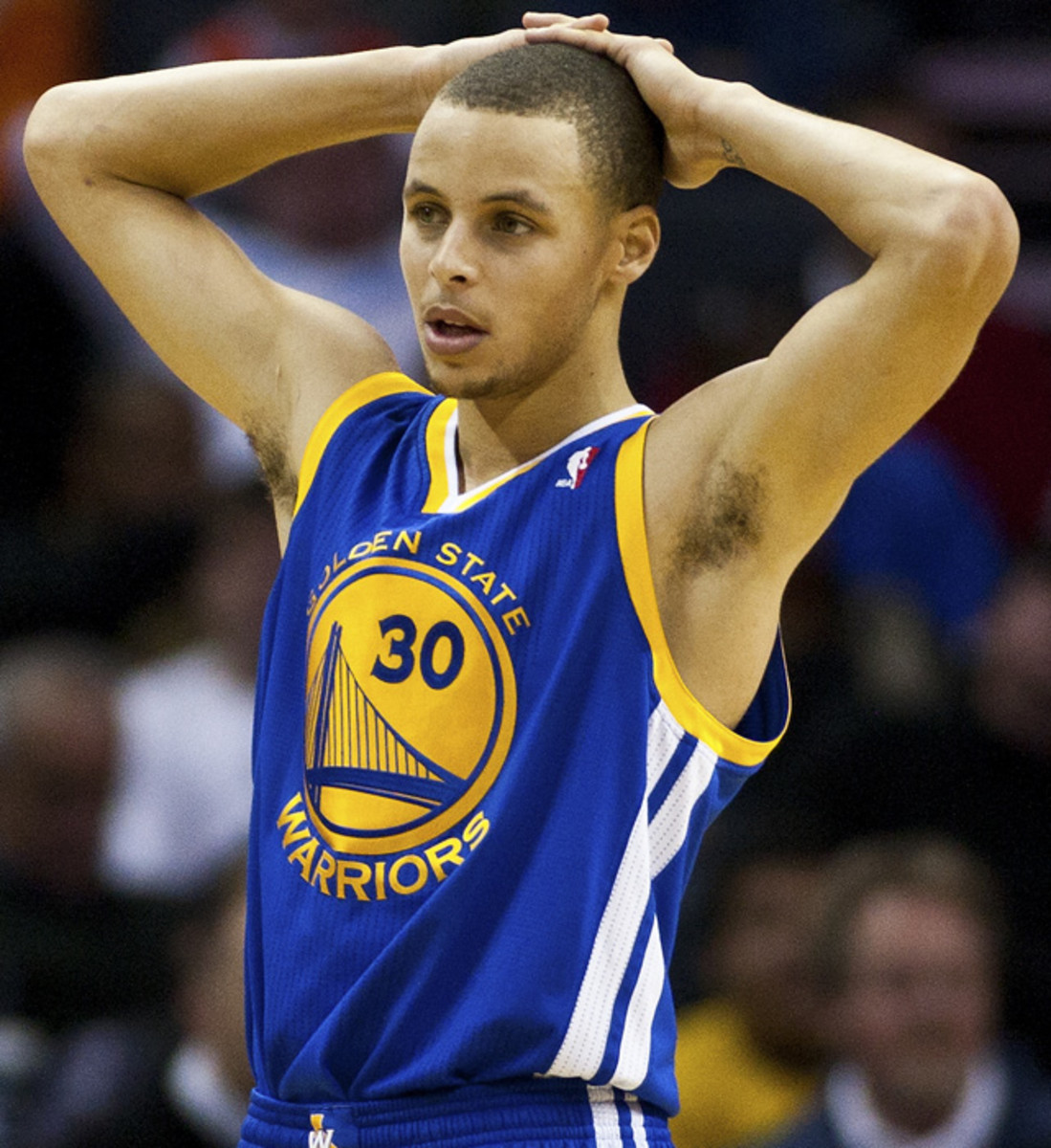
Paul Pierce, Celtics
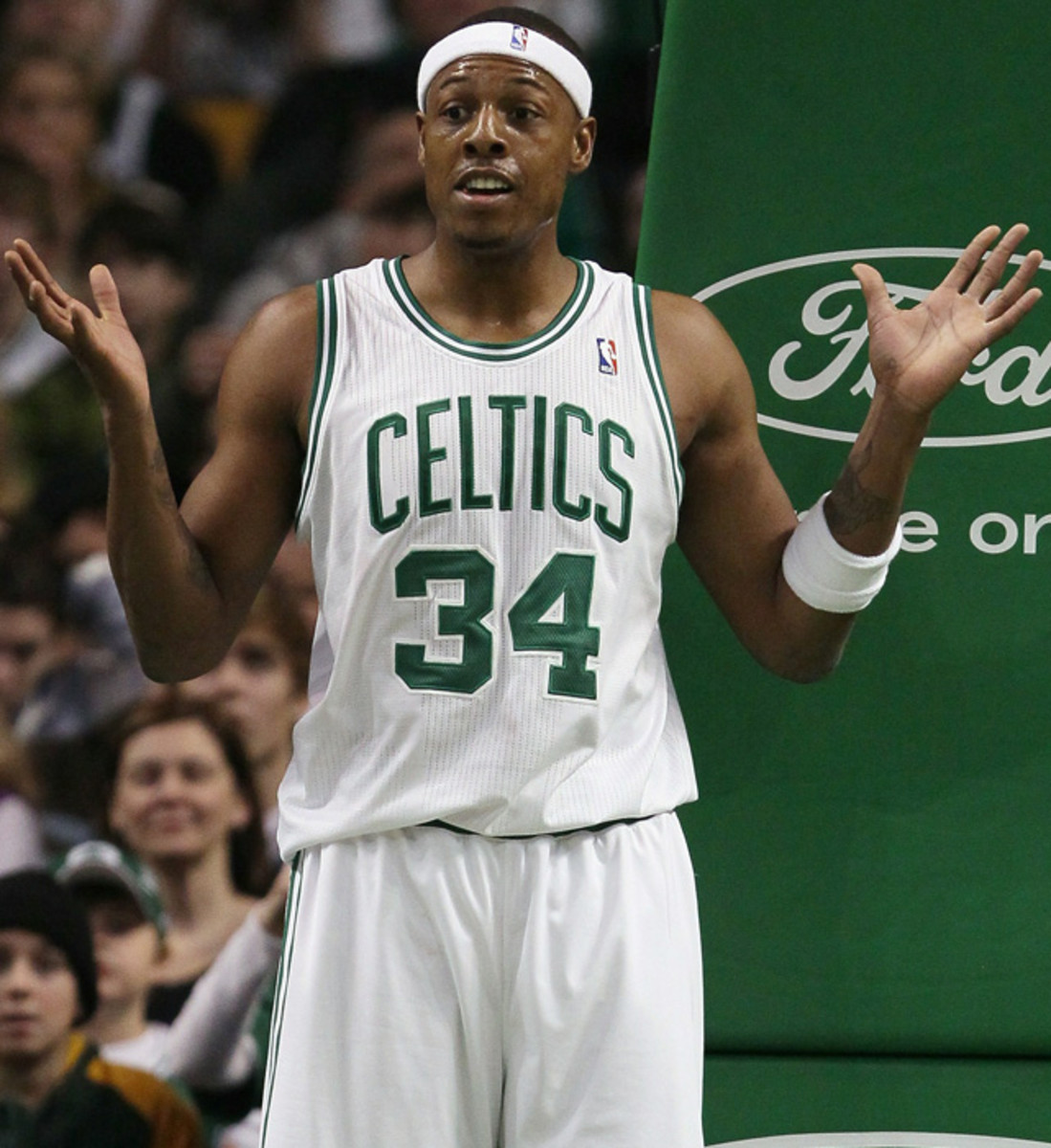
O.J. Mayo, Grizzlies
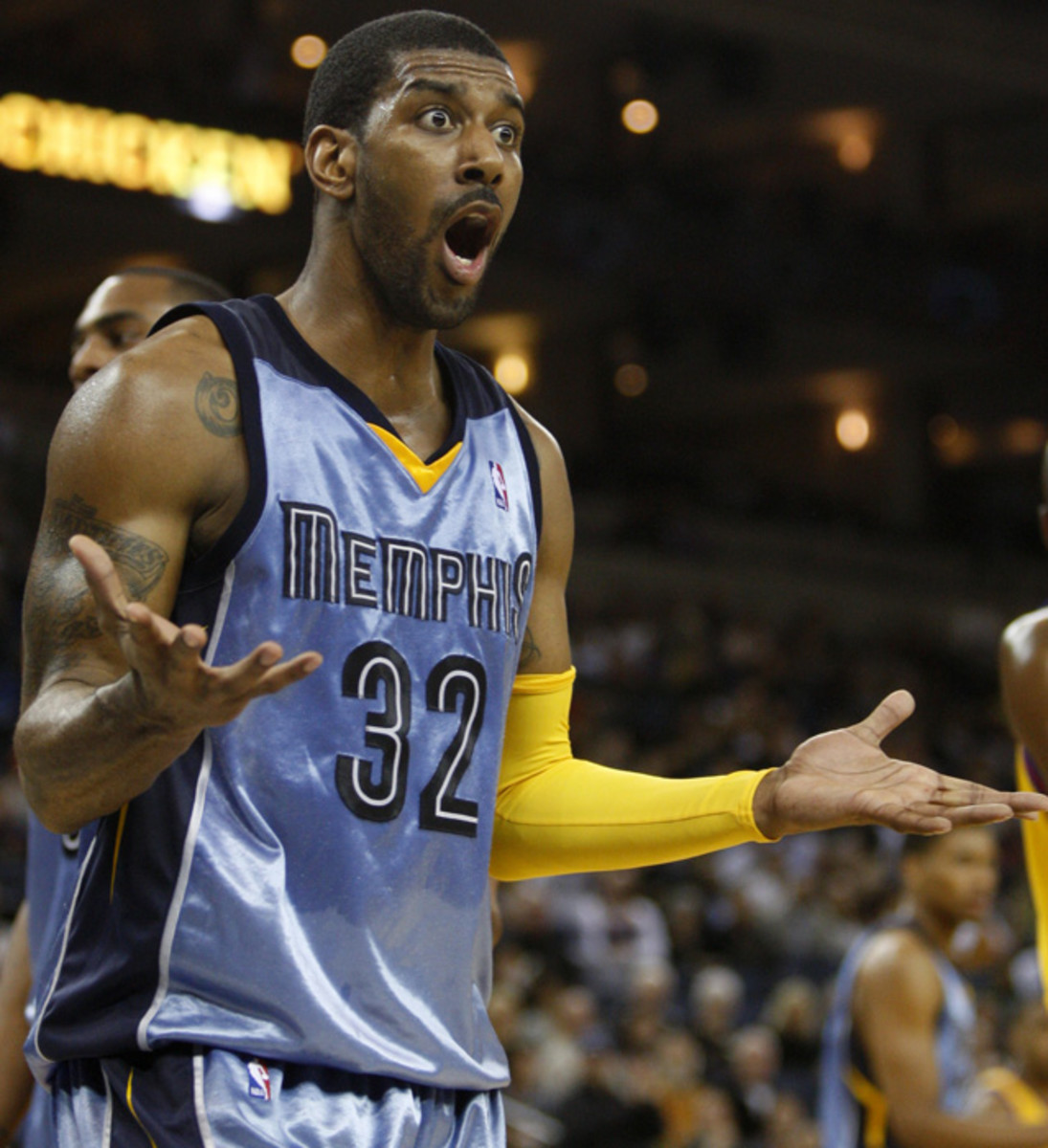
Stephen Jackson, Bobcats
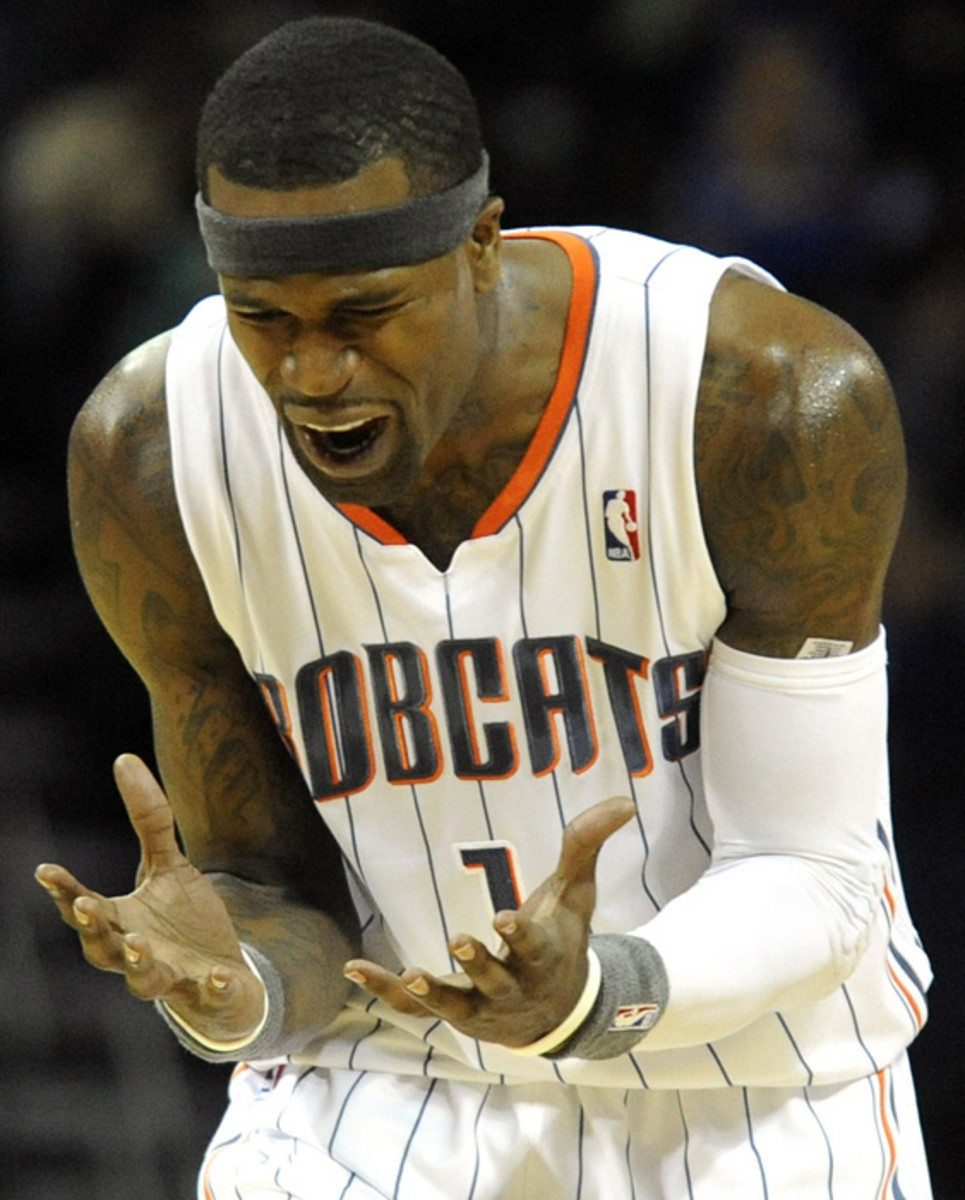
Steve Nash, Suns
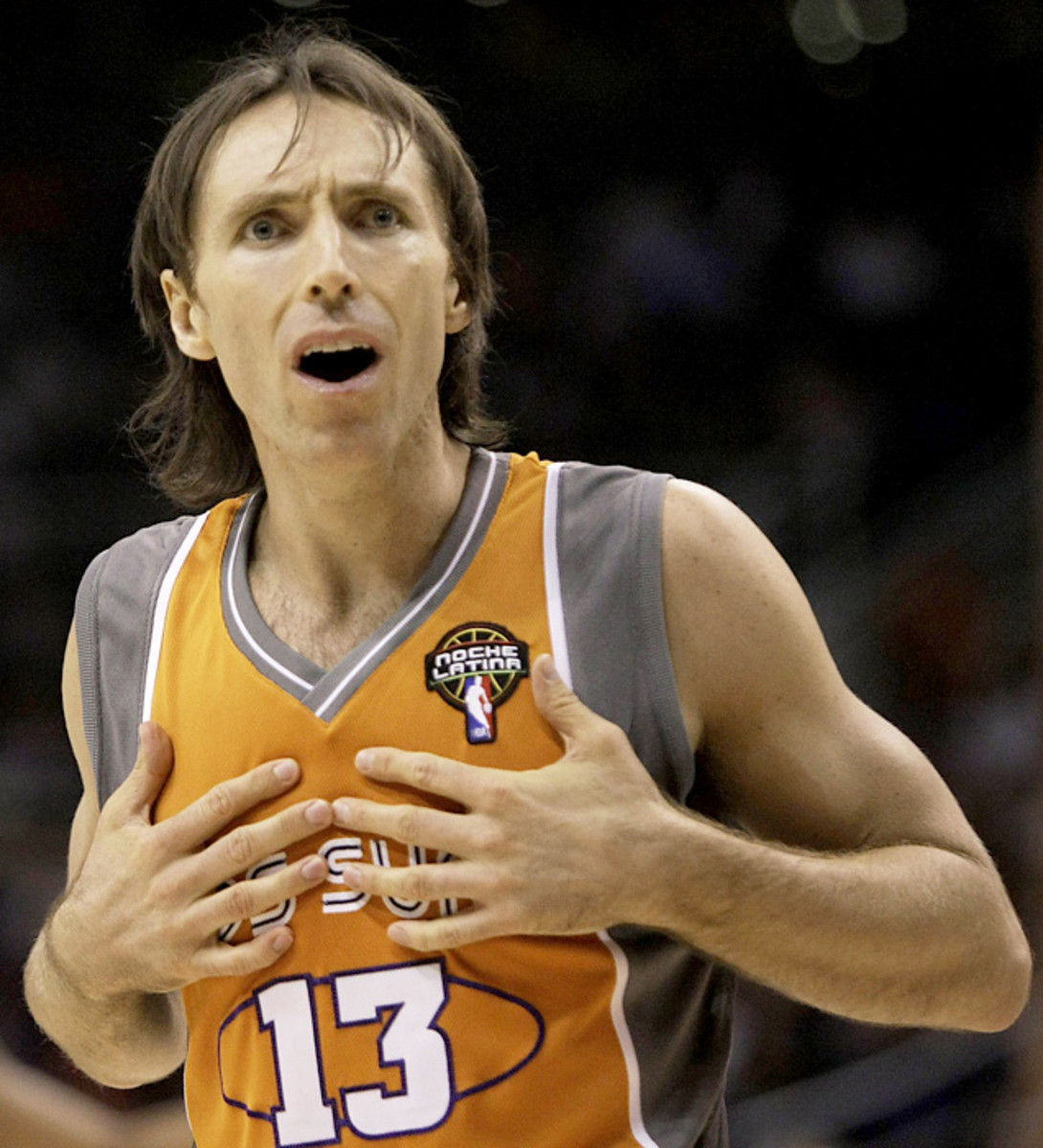
Taj Gibson, Bulls
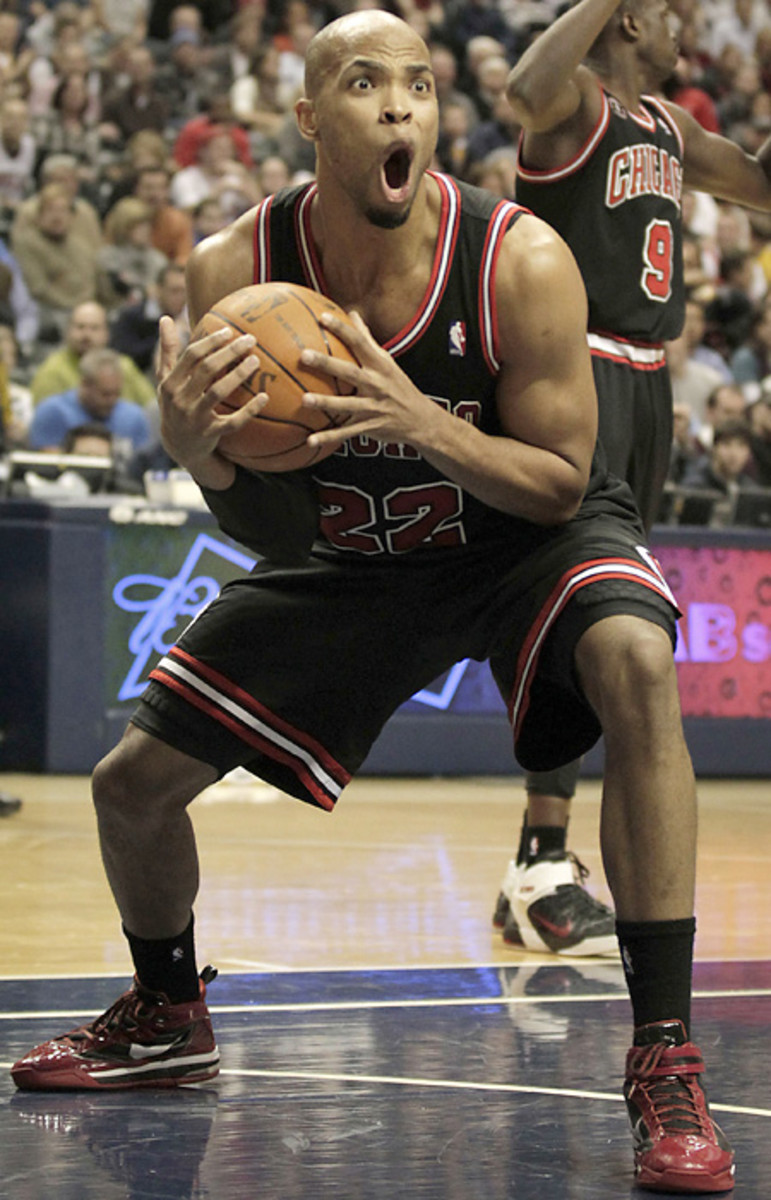
Vince Carter, Suns
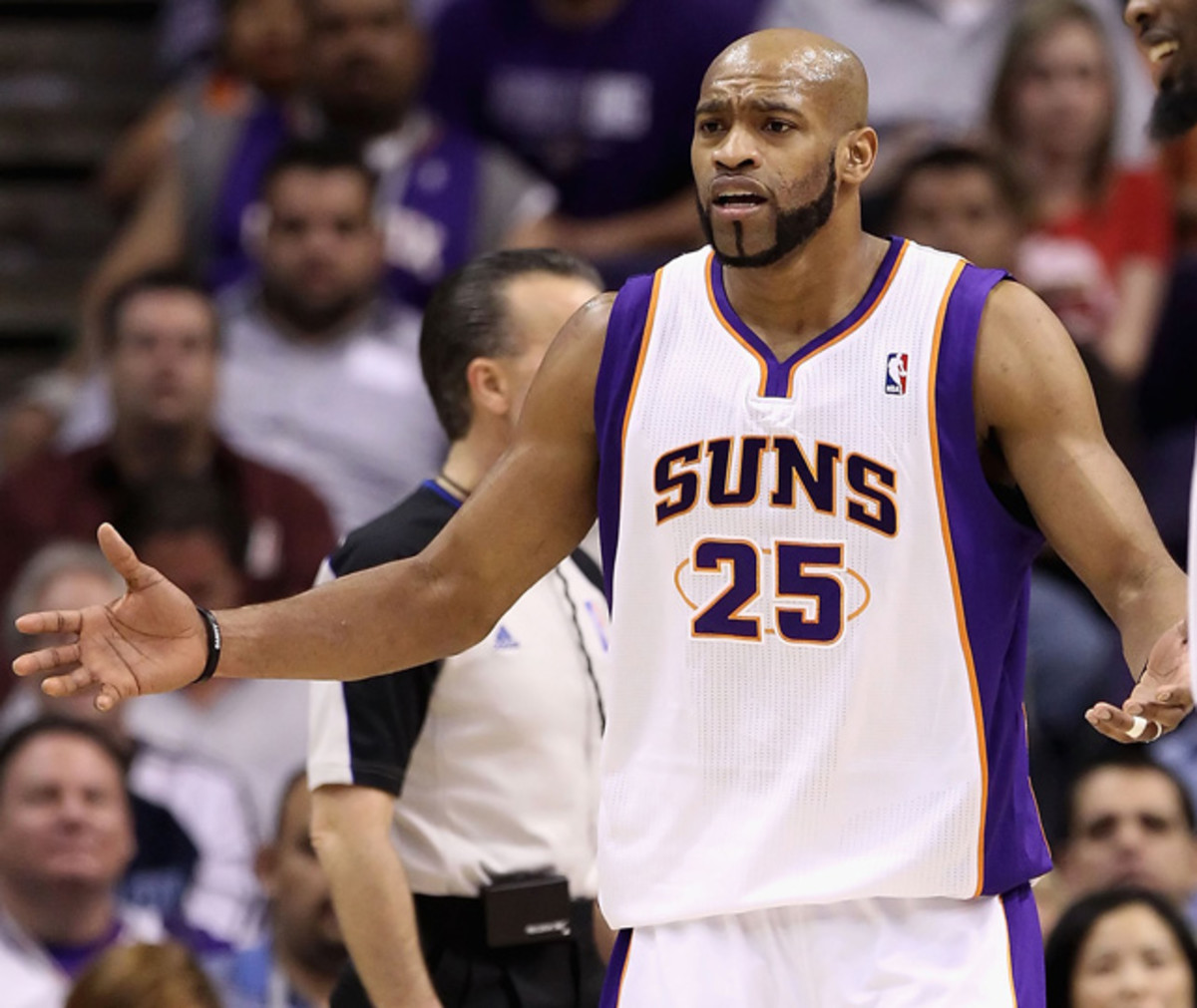
Aaron Gray, Hornets
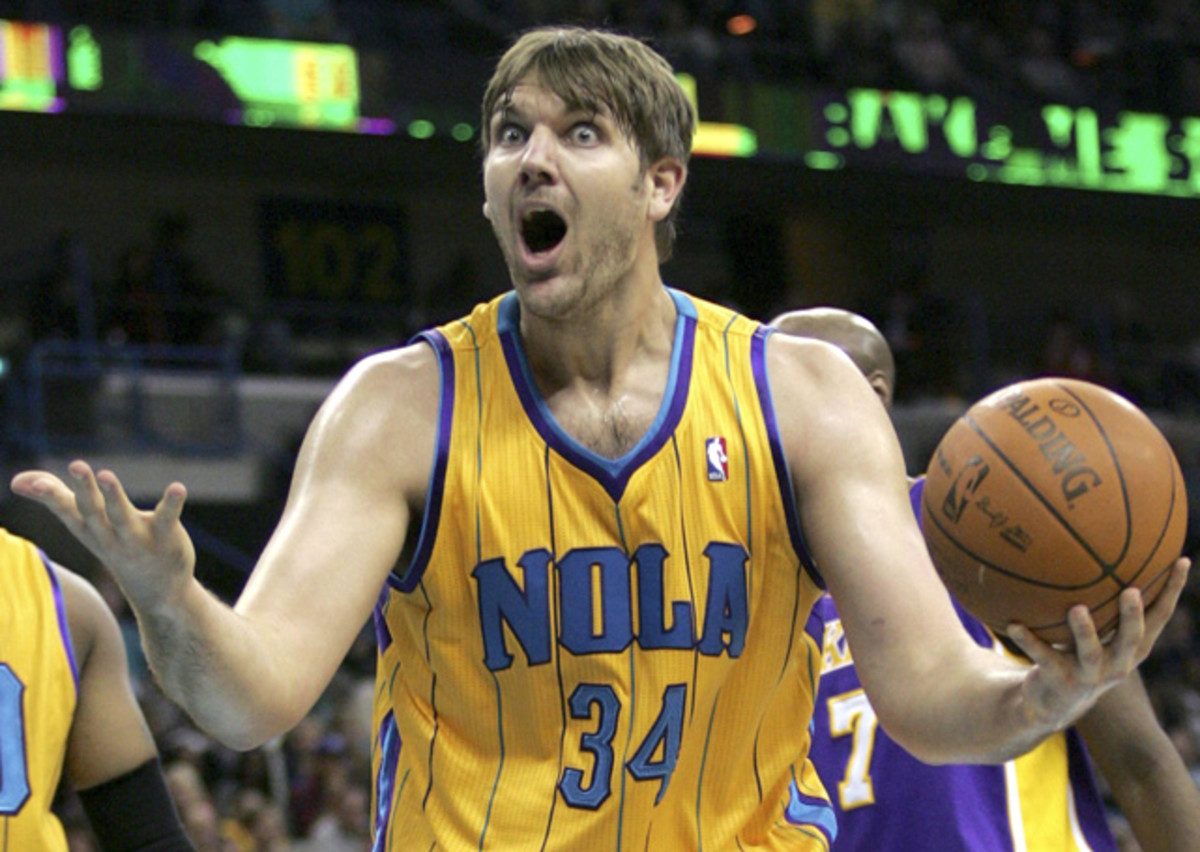
Lou Williams, 76ers
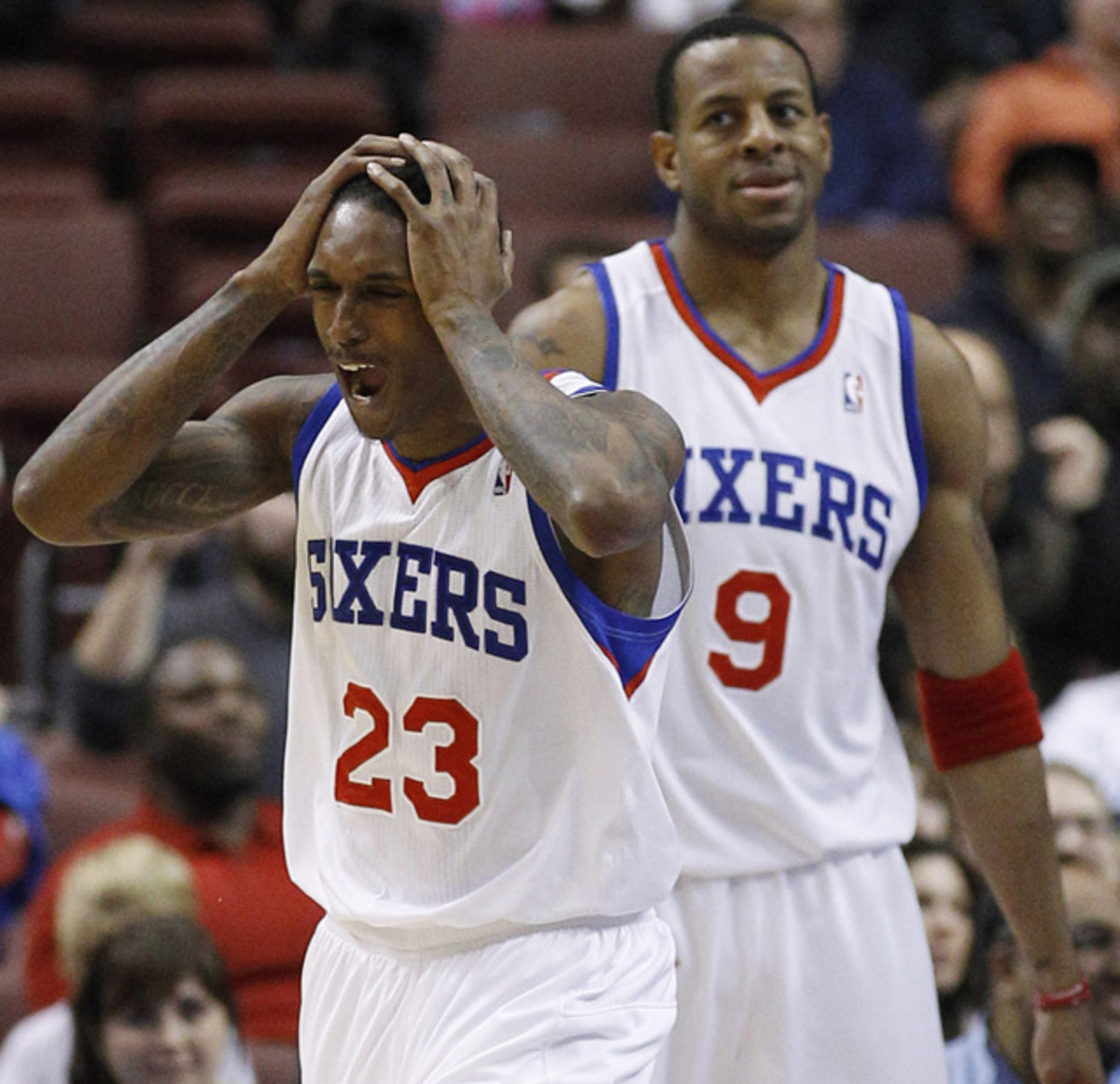
Aaron Brooks, Suns
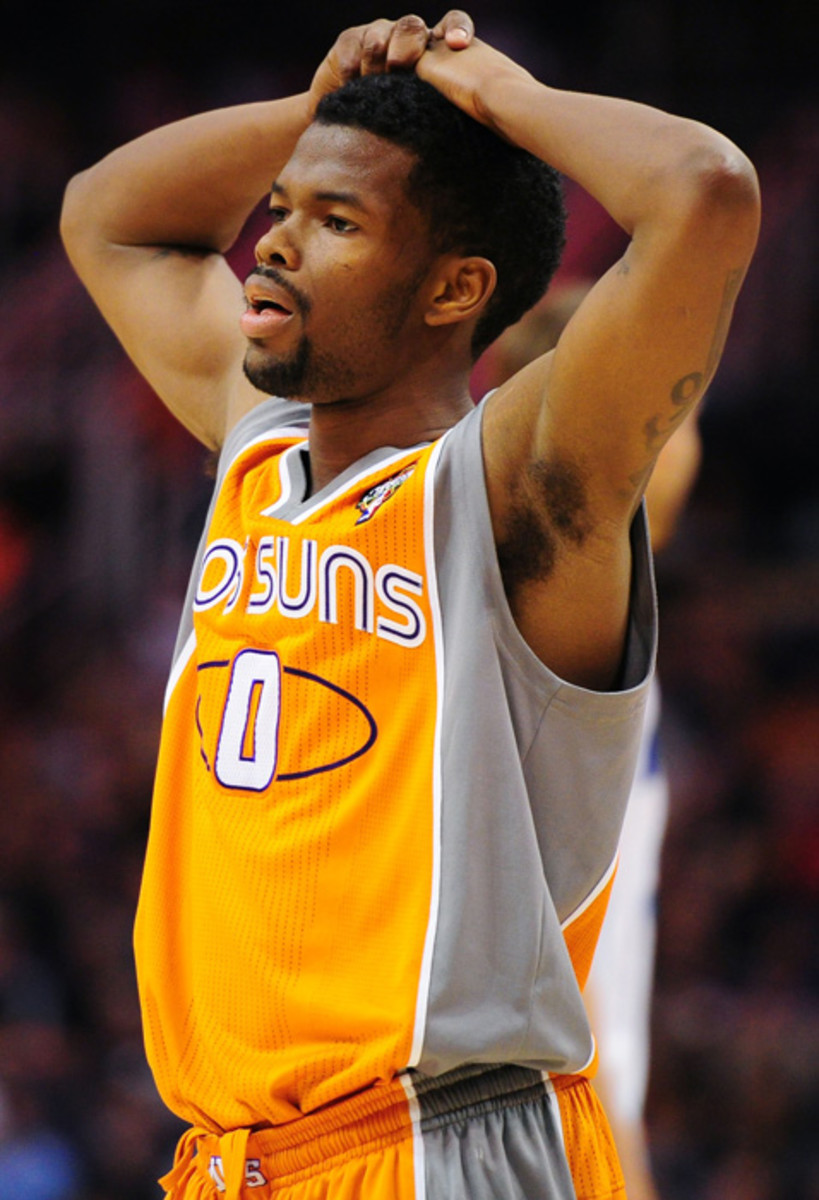
Brandon Jennings, Bucks
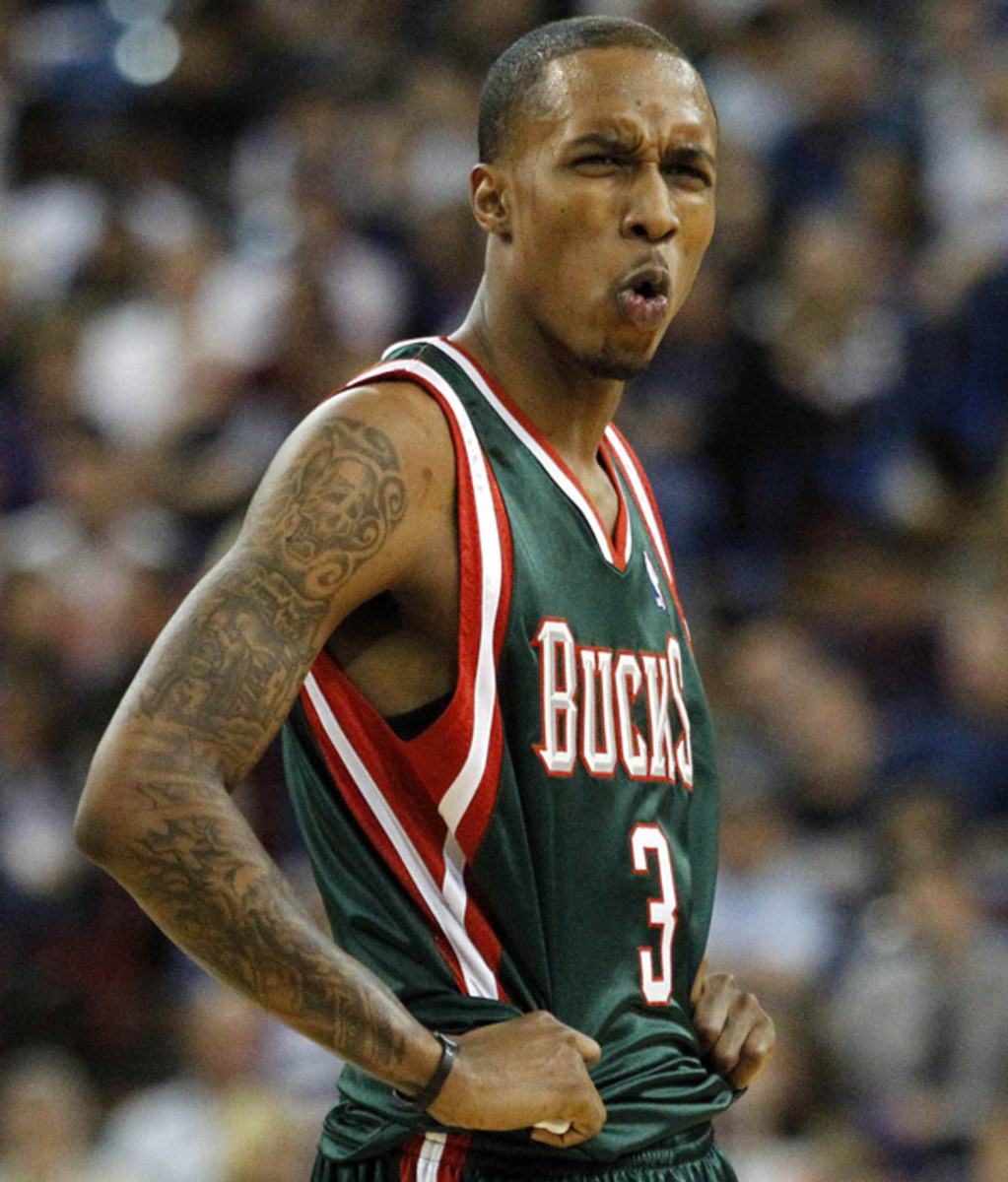
David West, Hornets
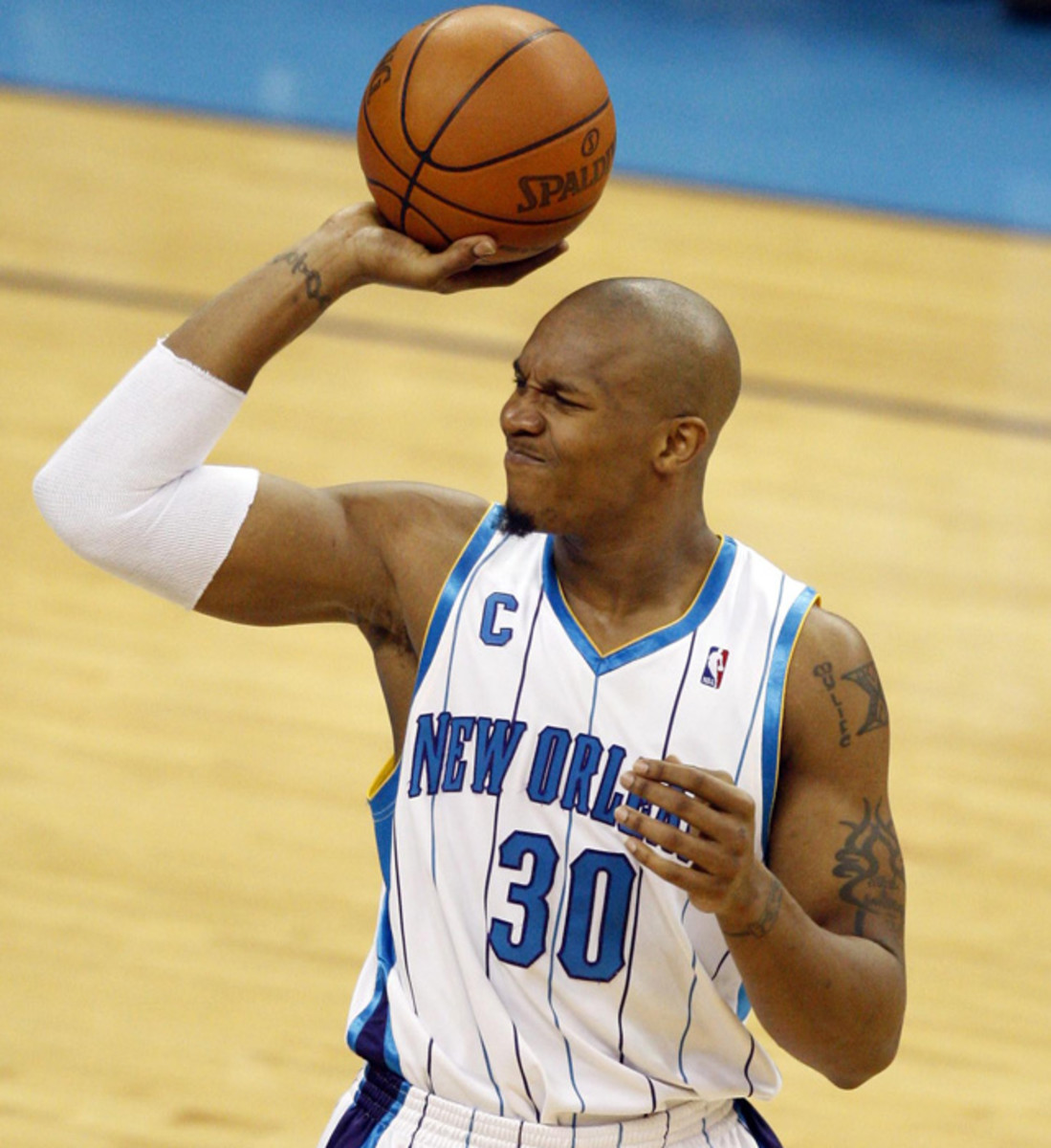
DeMarcus Cousins, Kings
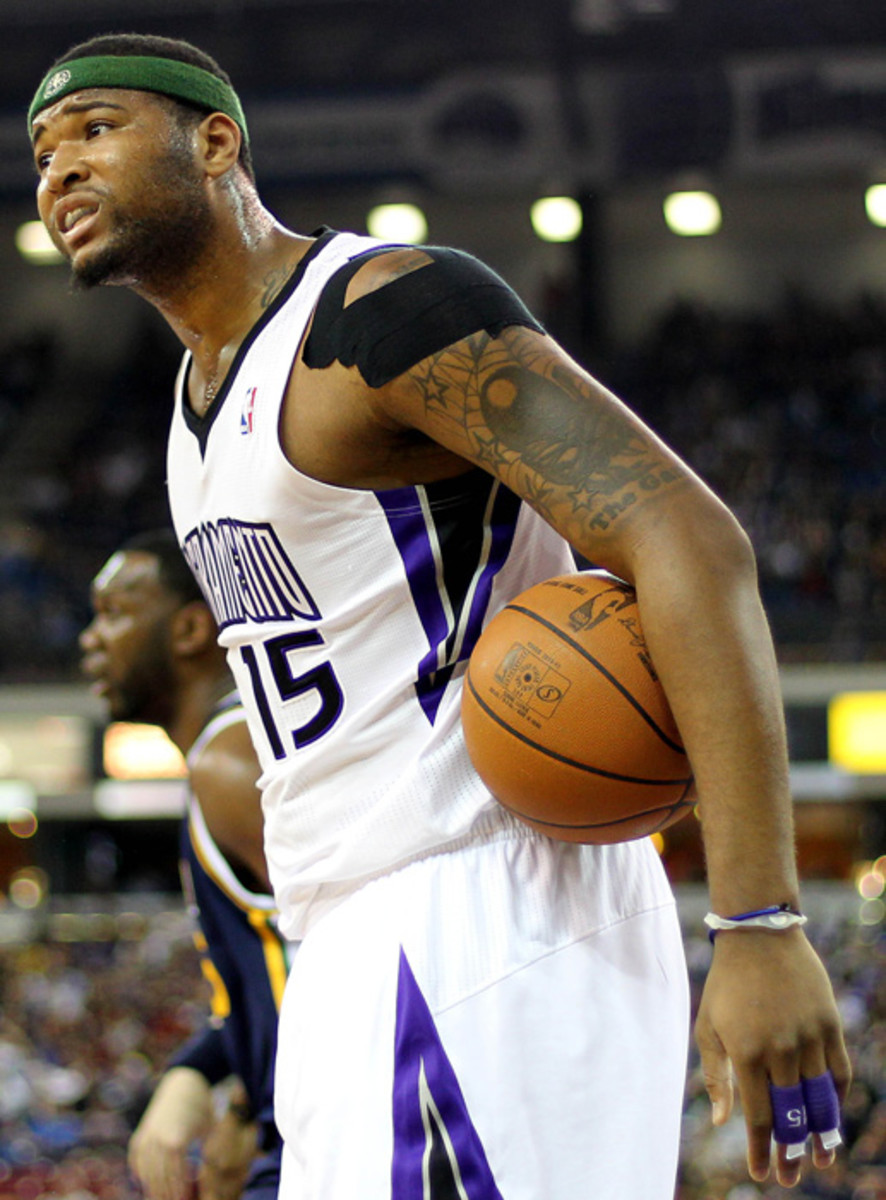
Grant Hill, Suns
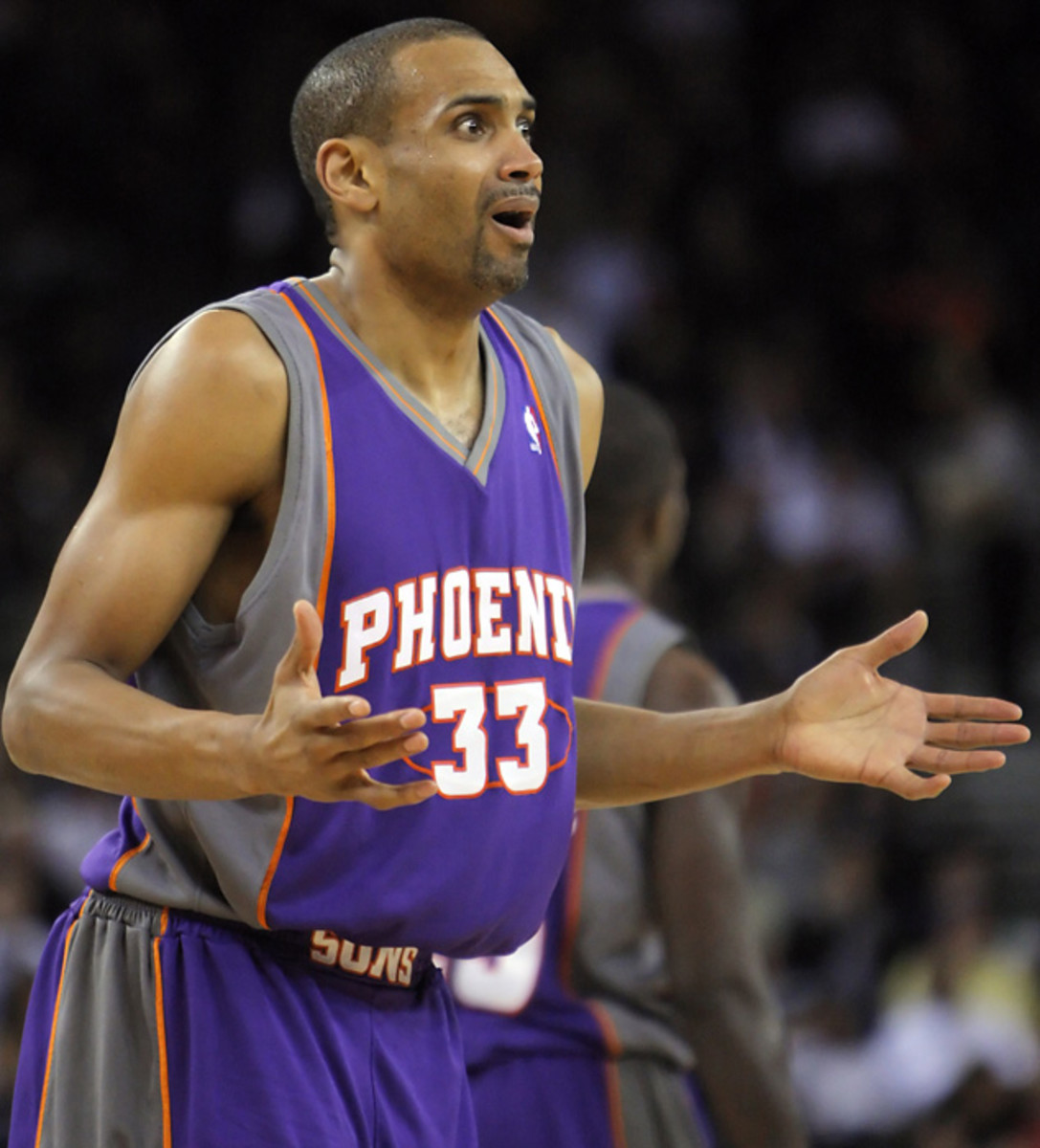
Jermaine O'Neal, Celtics
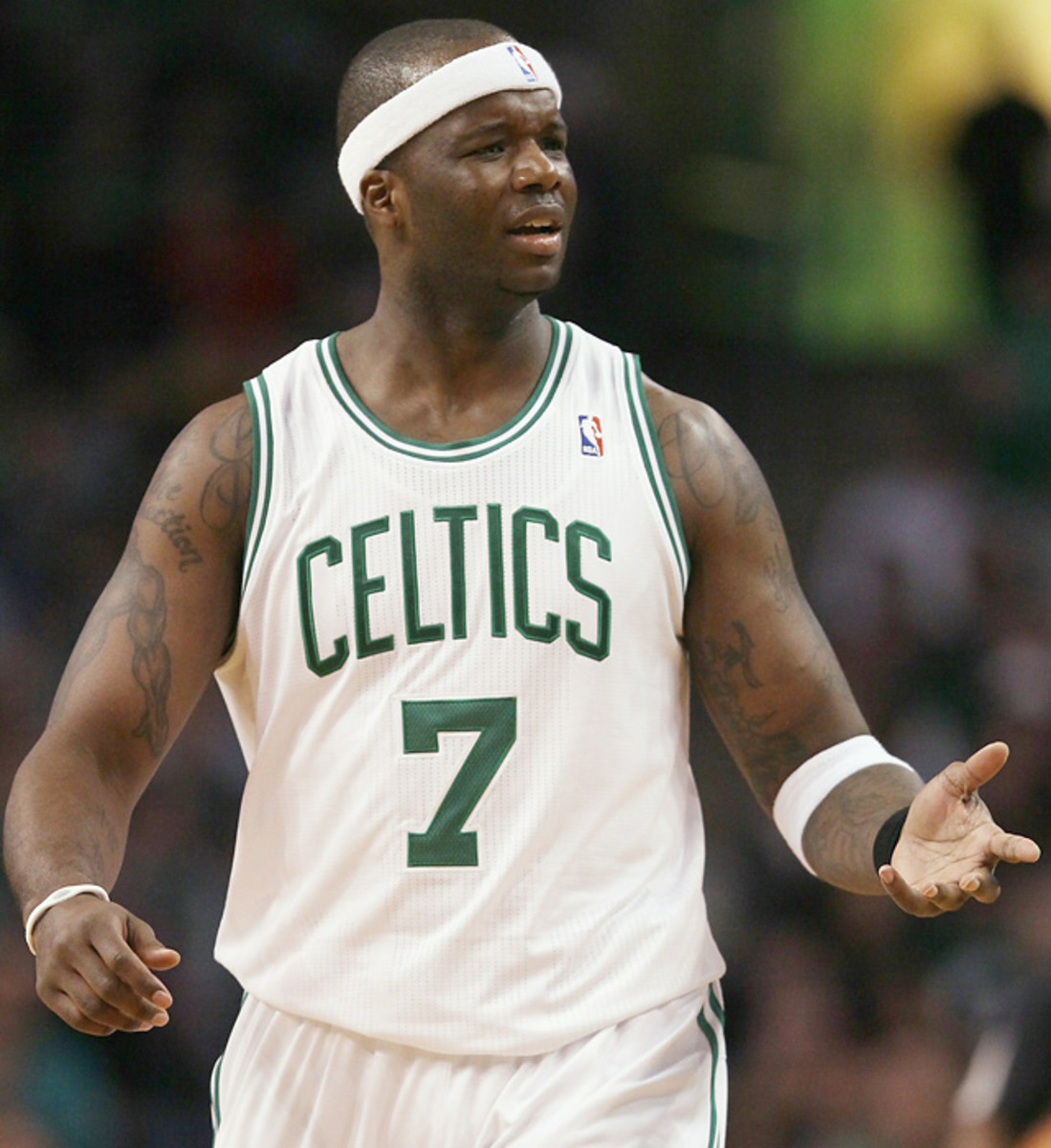
Jamal Crawford, Hawks

Josh Smith, Hawks

Keith Bogans, Bulls

